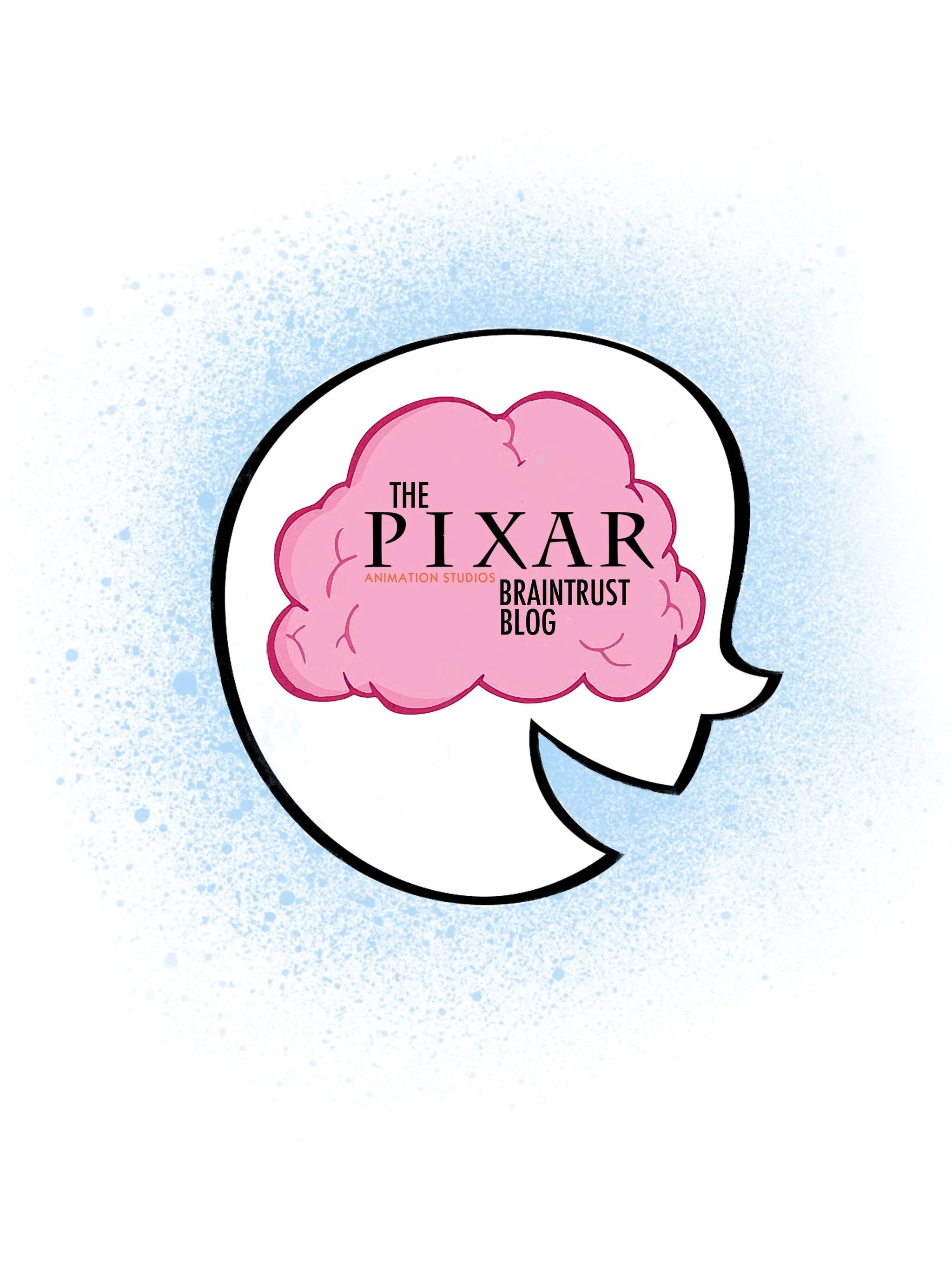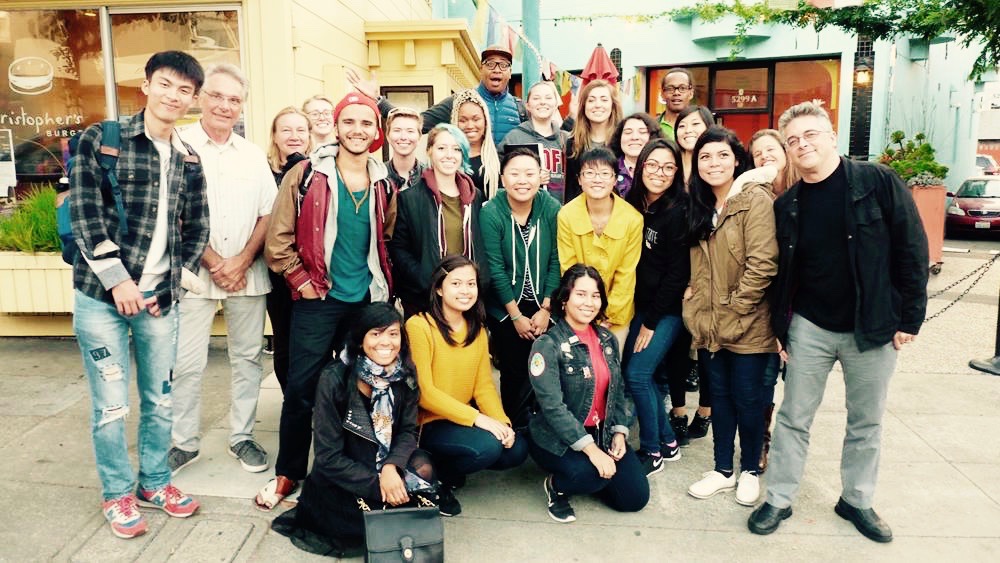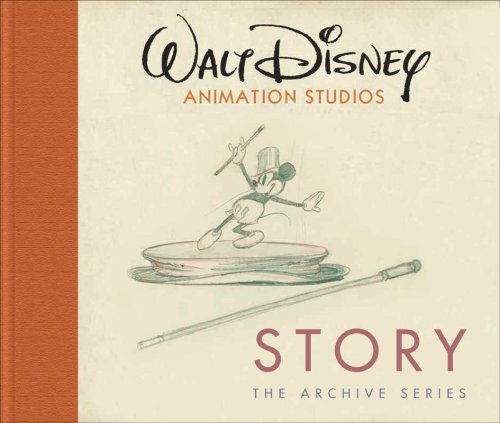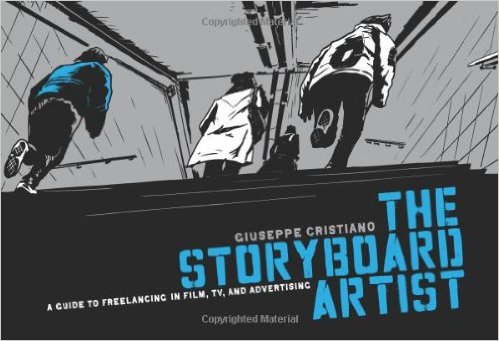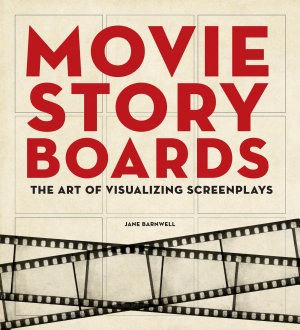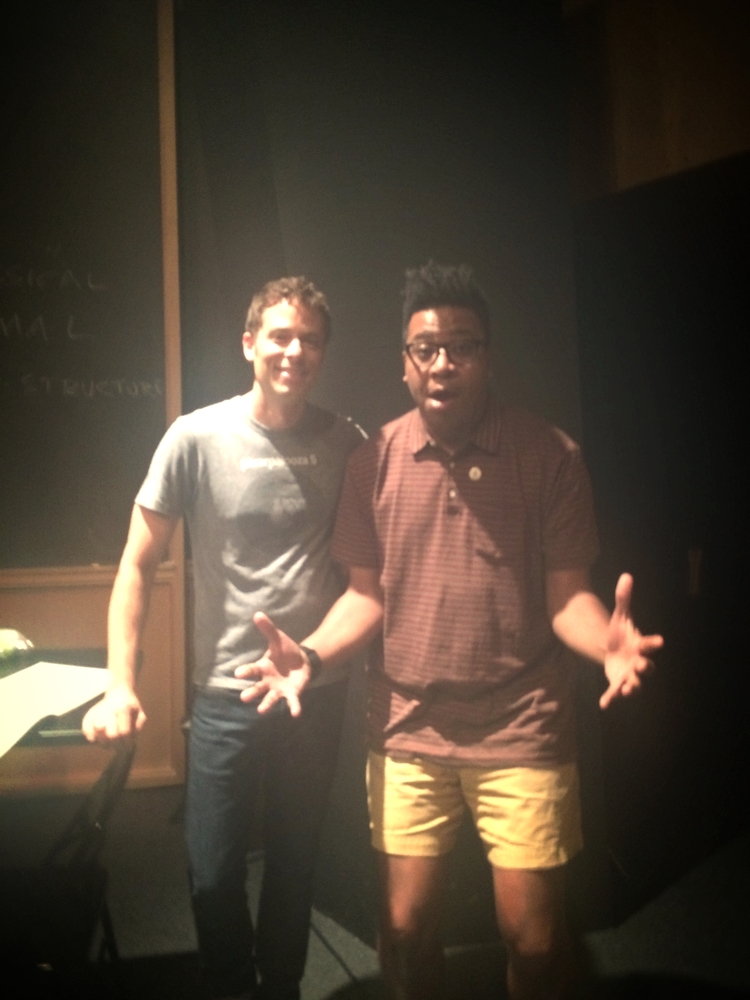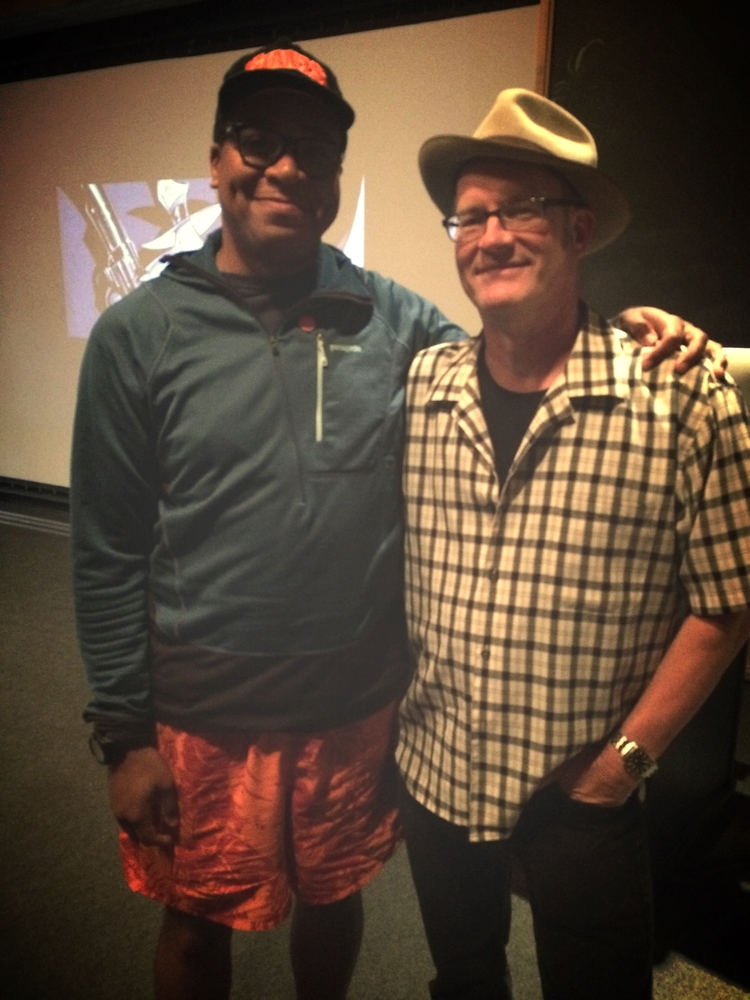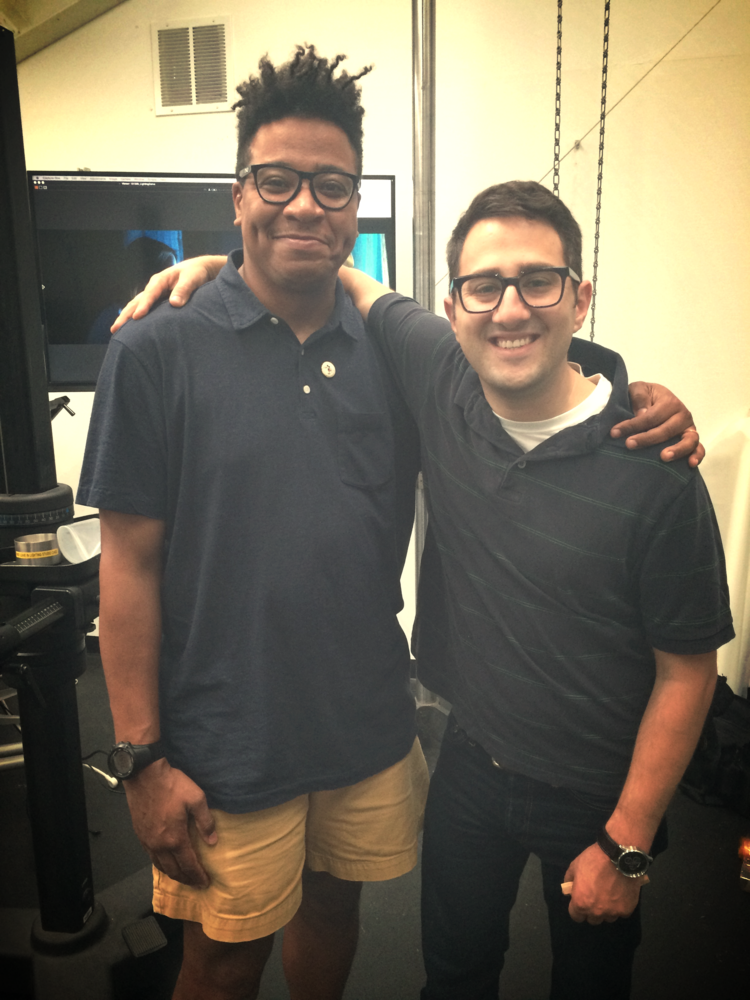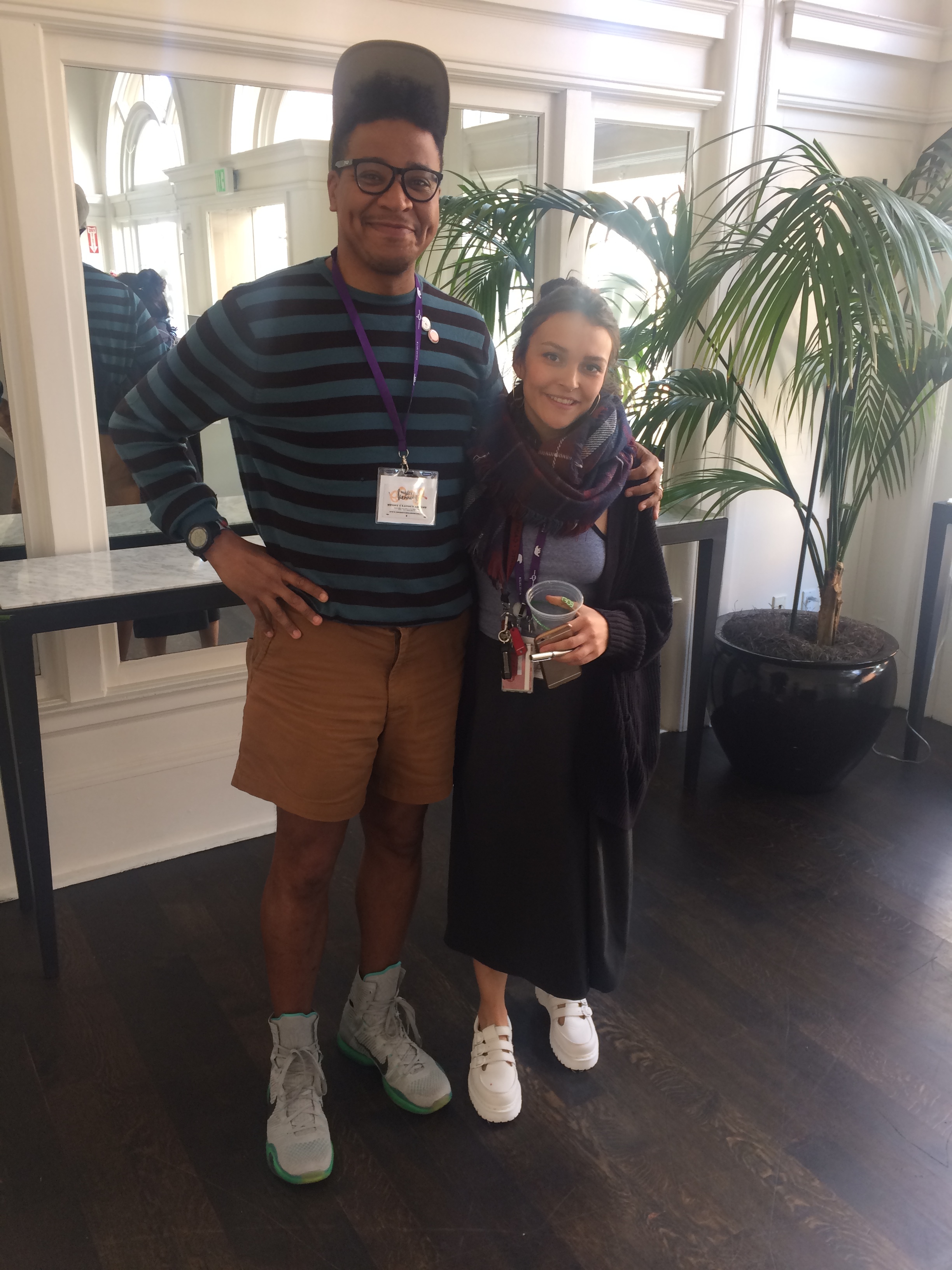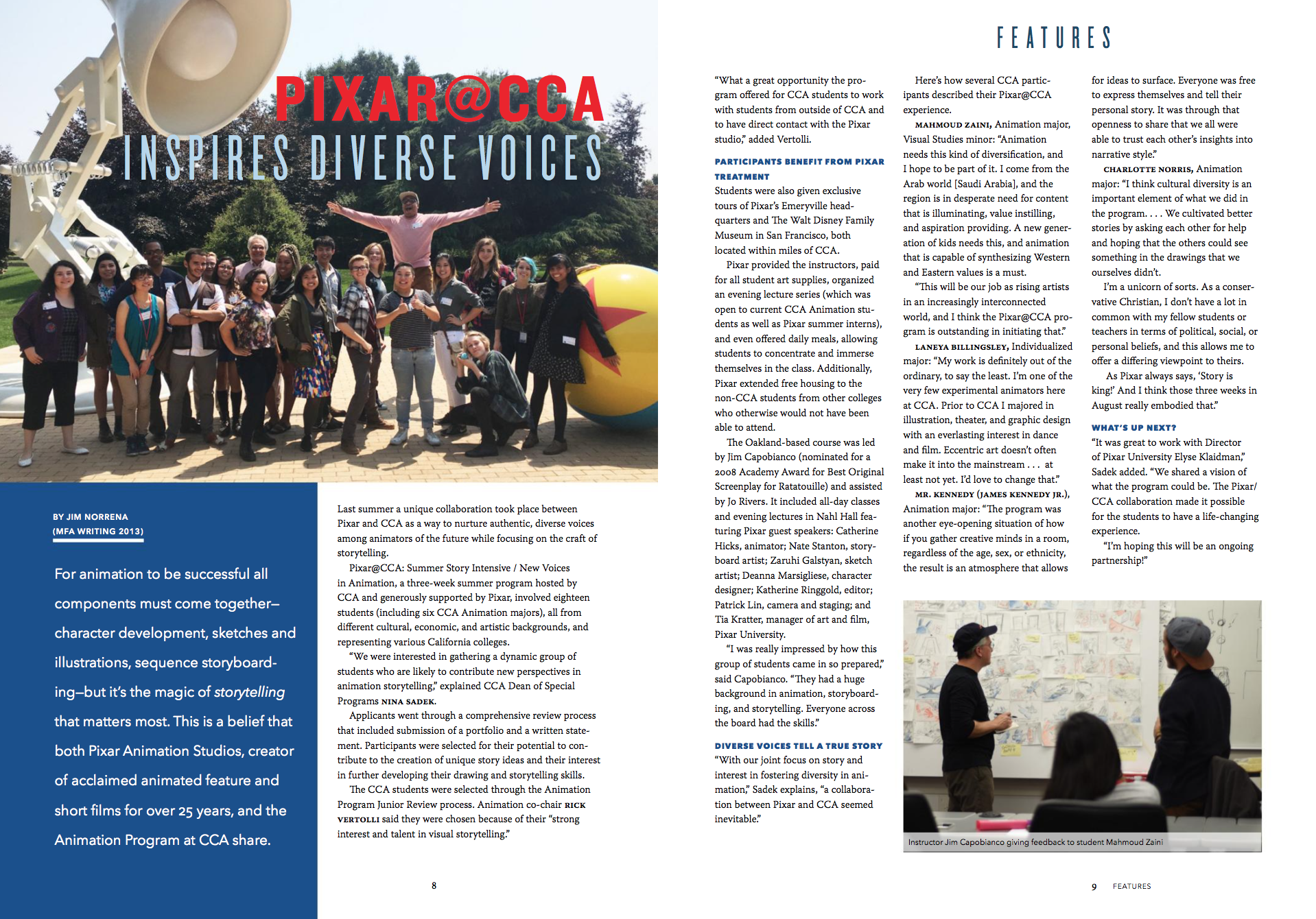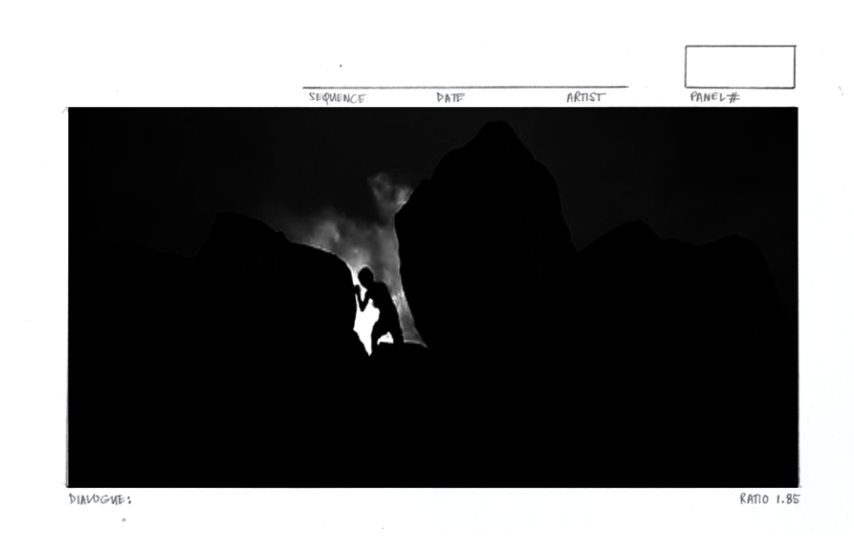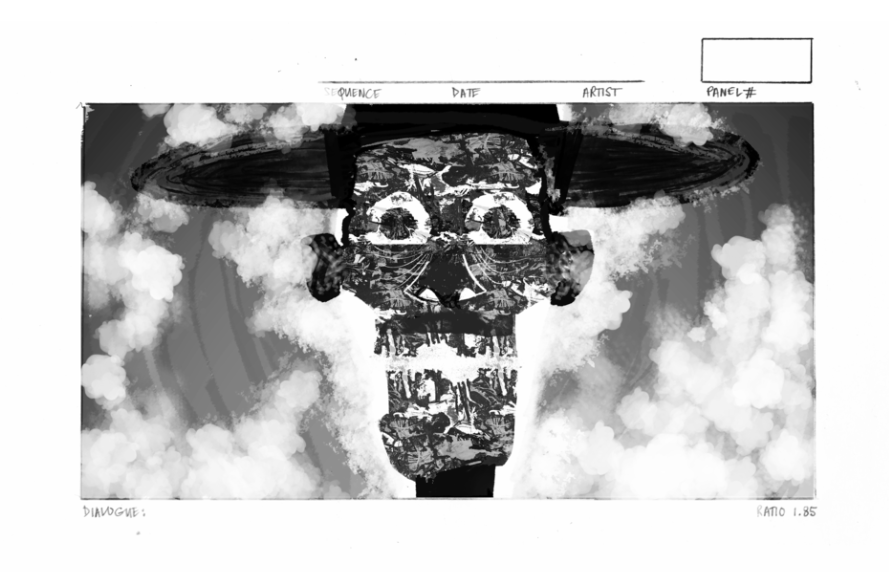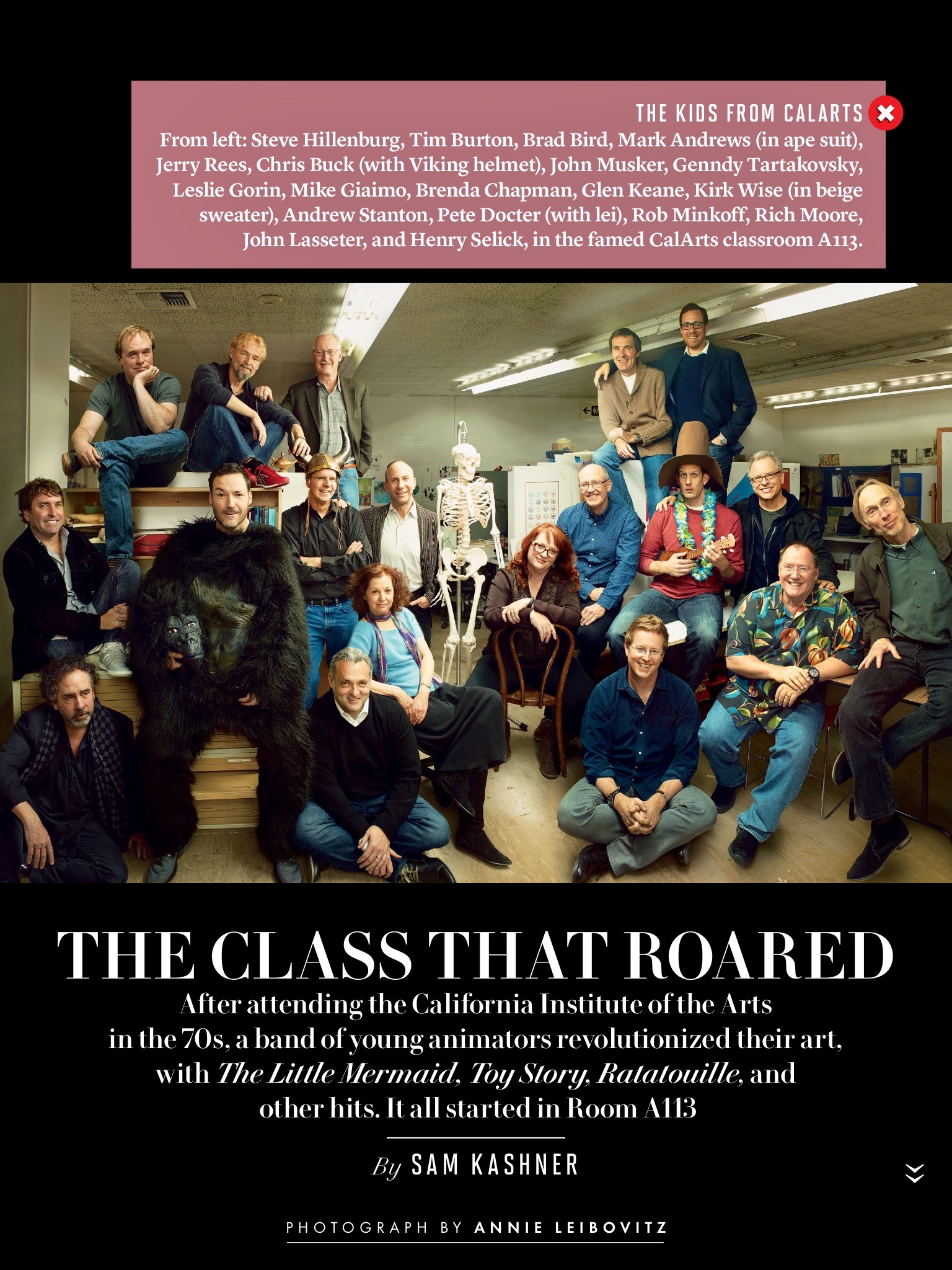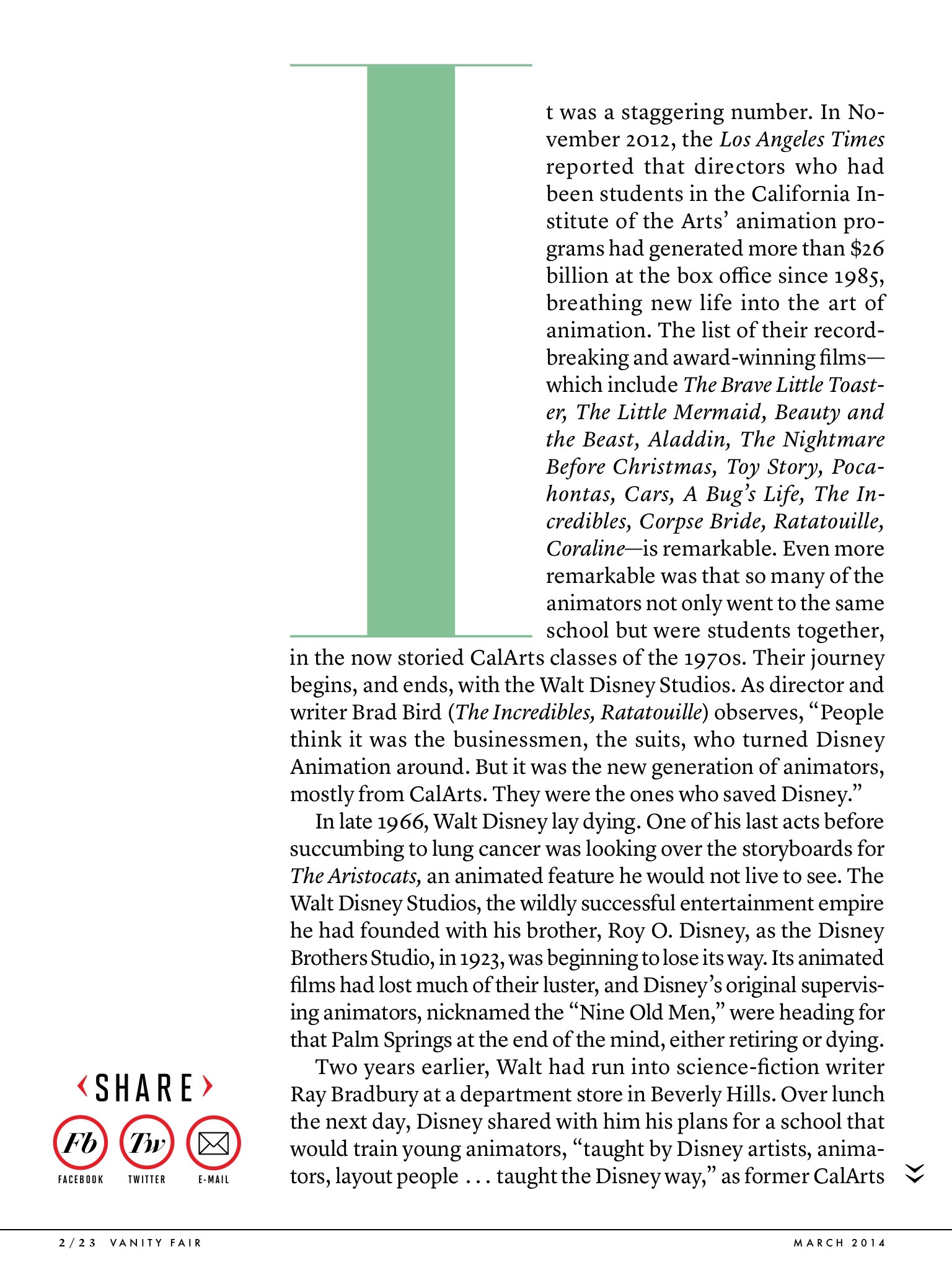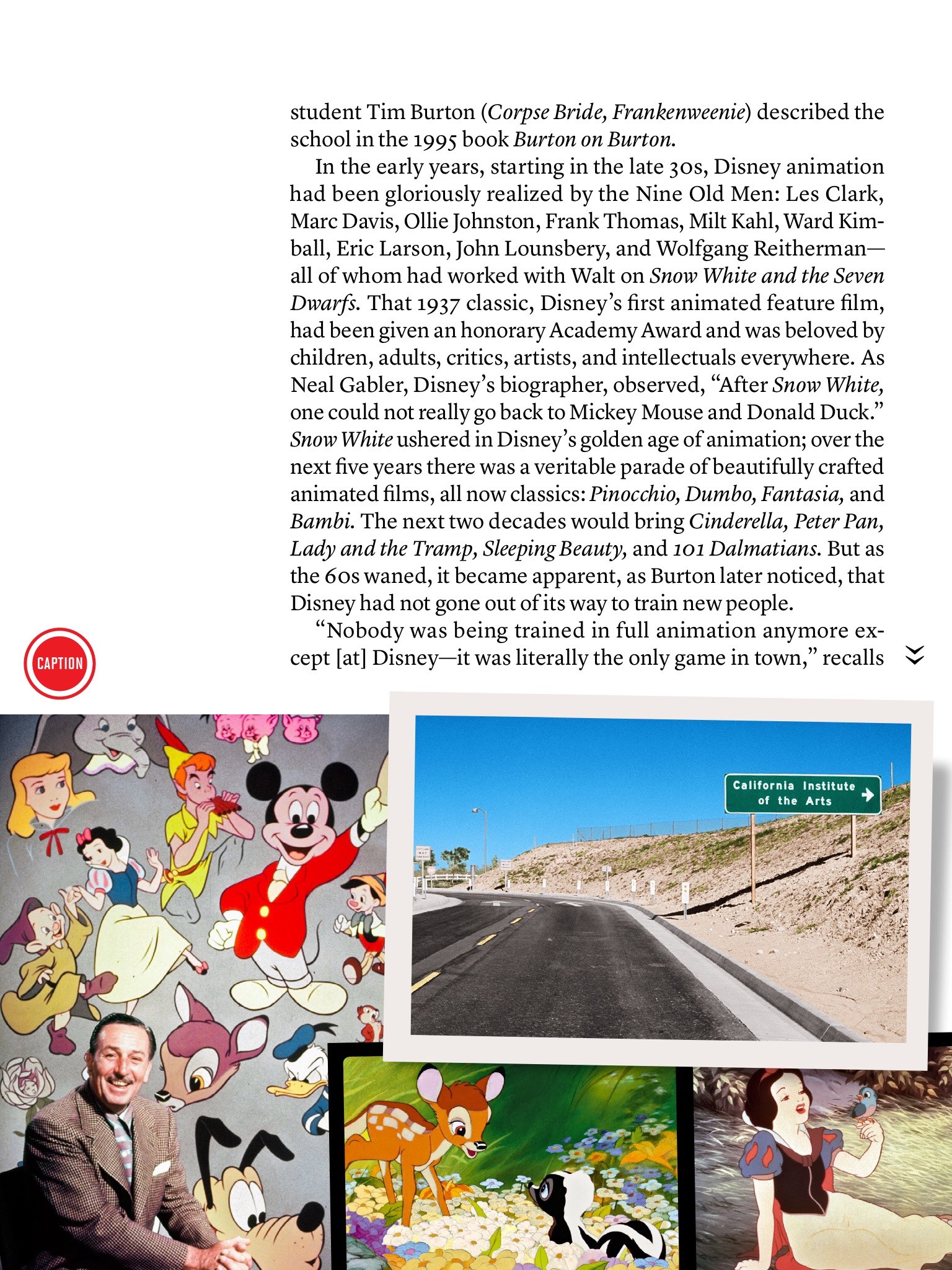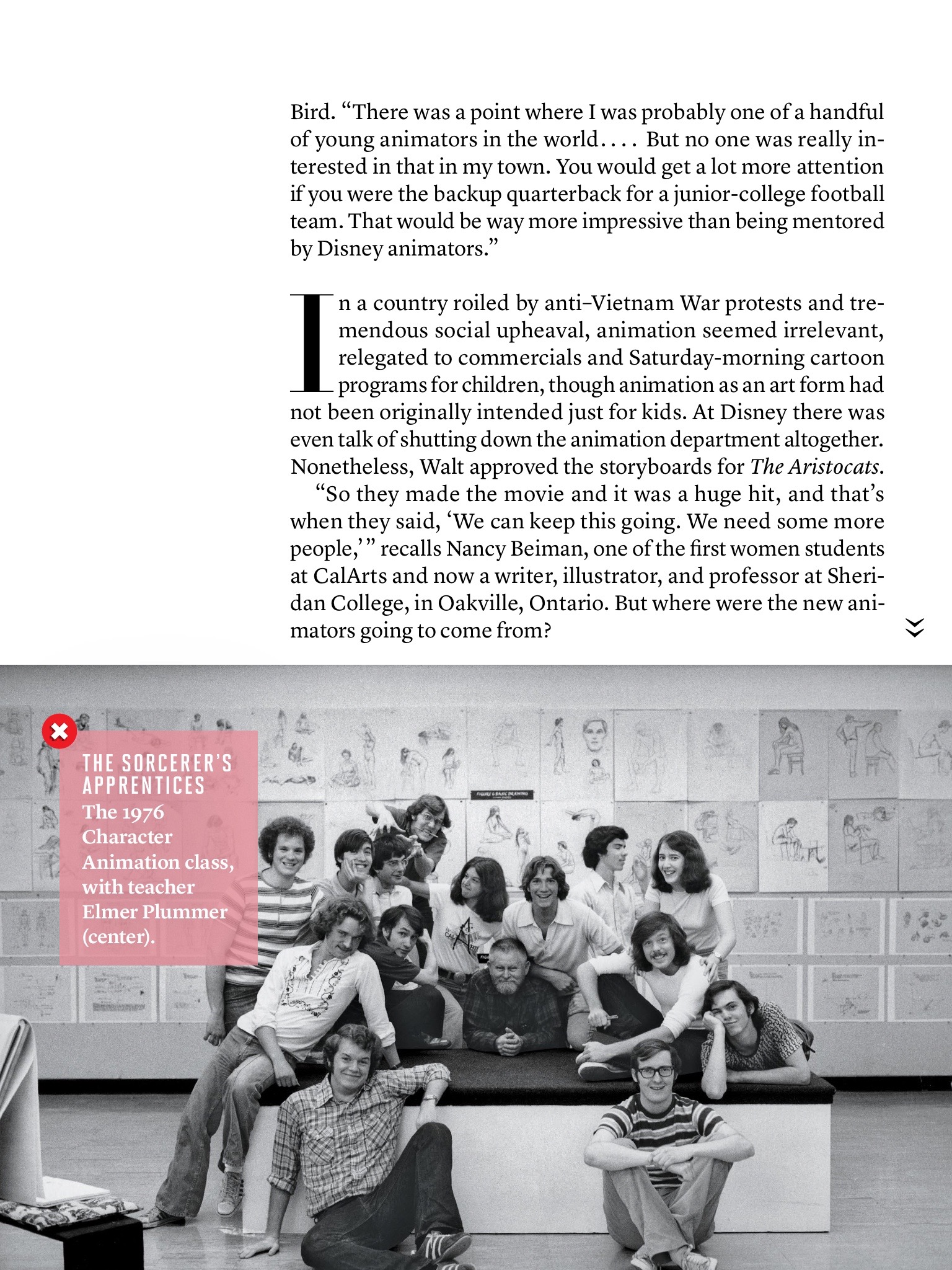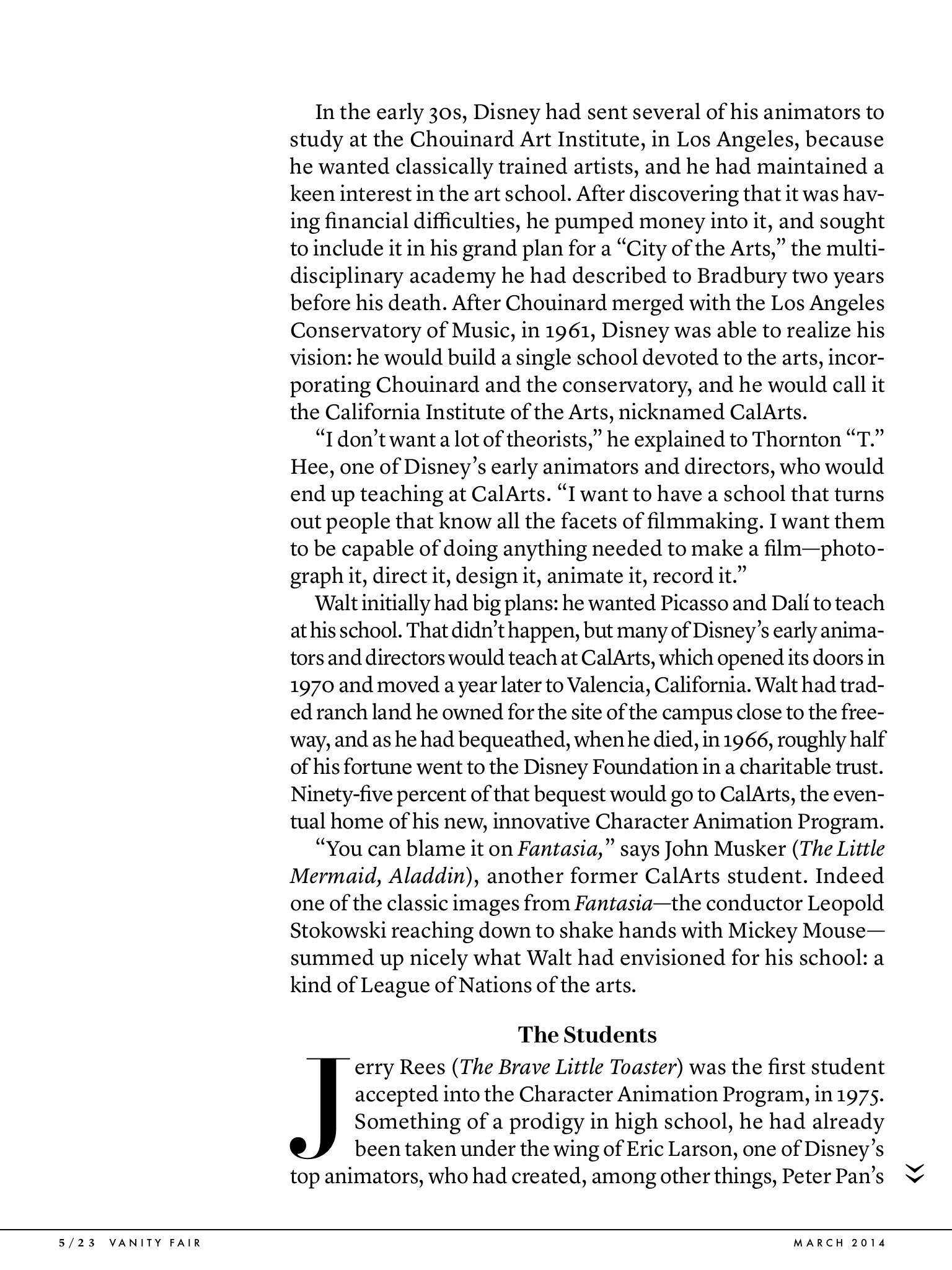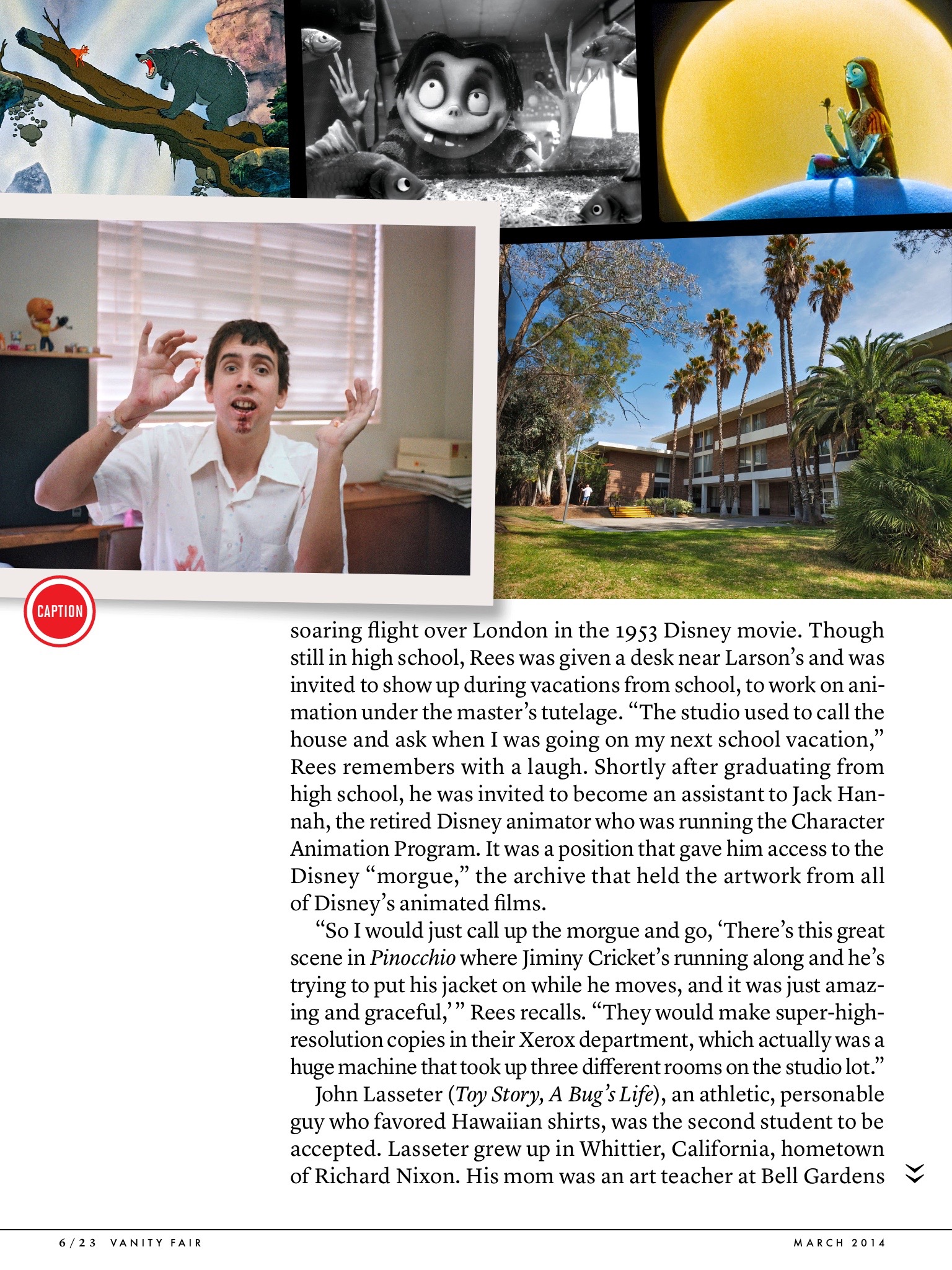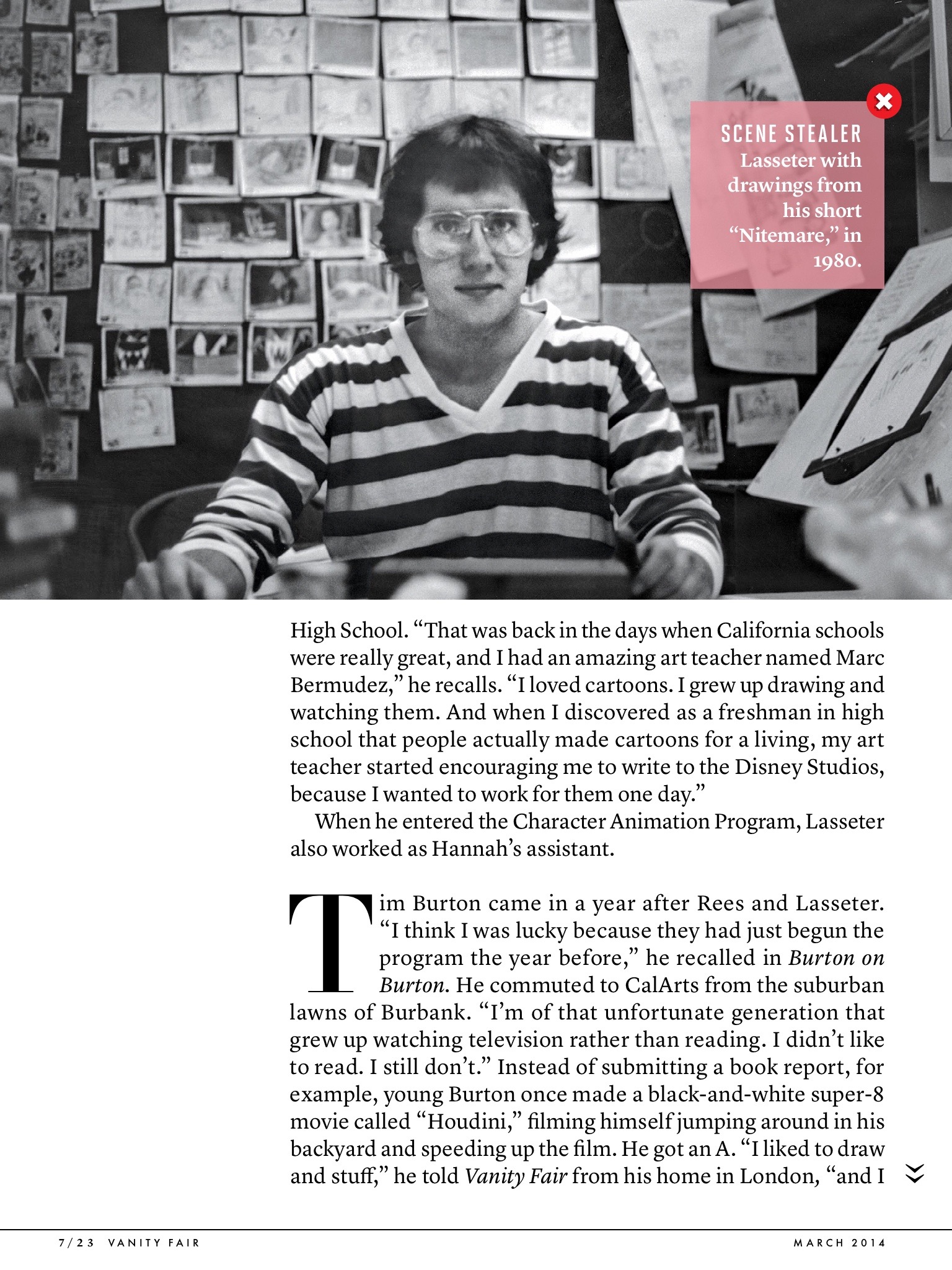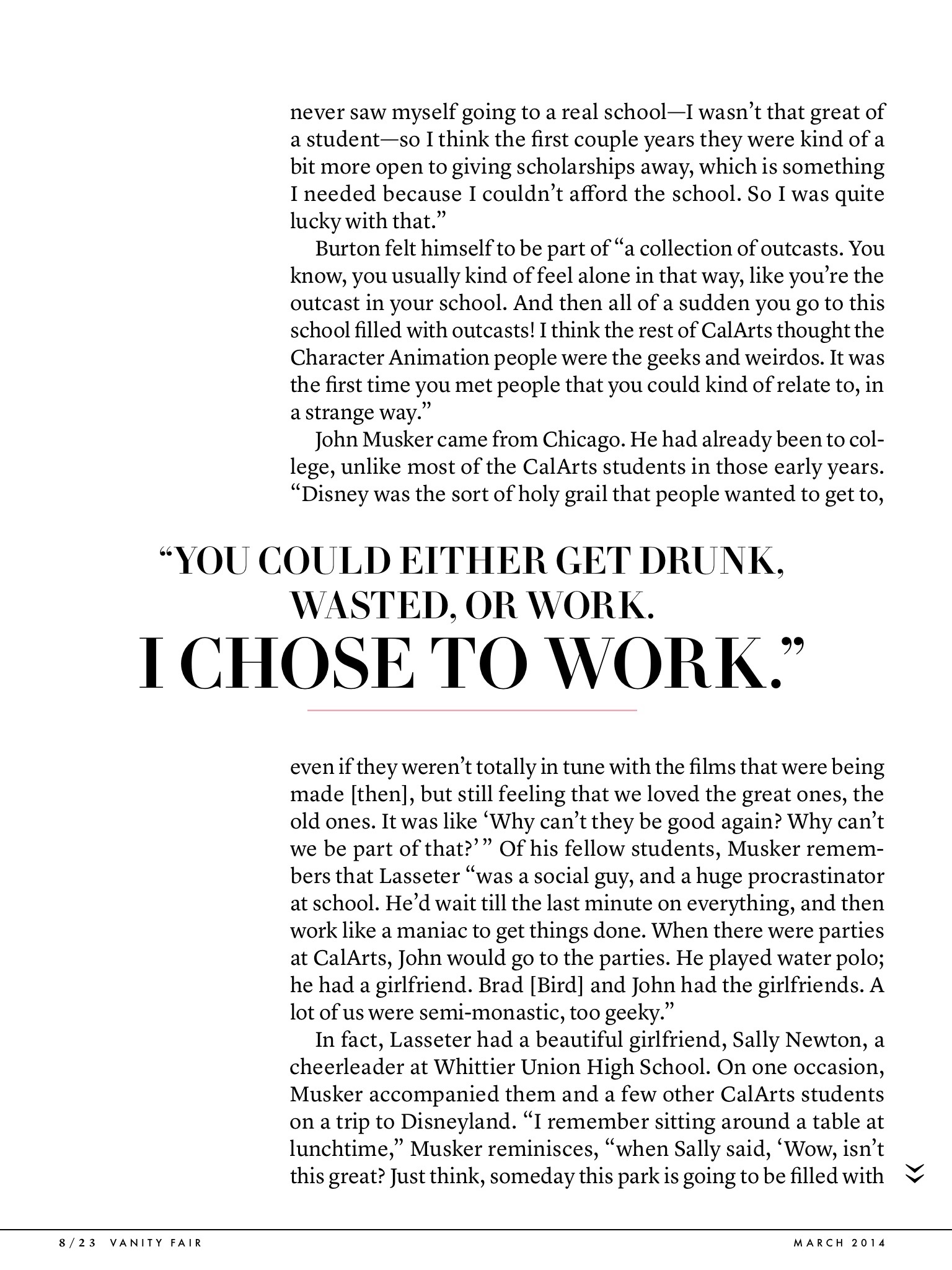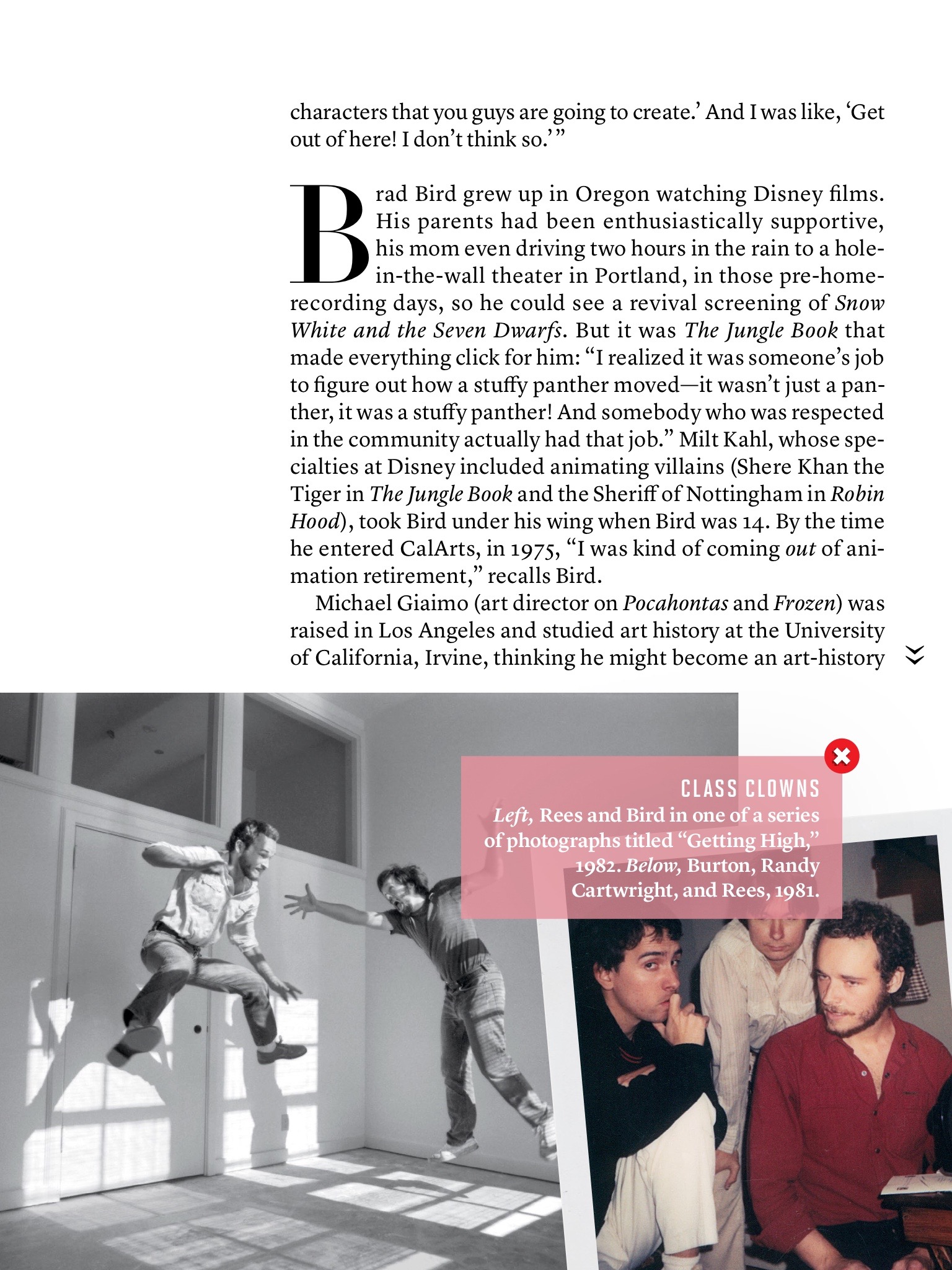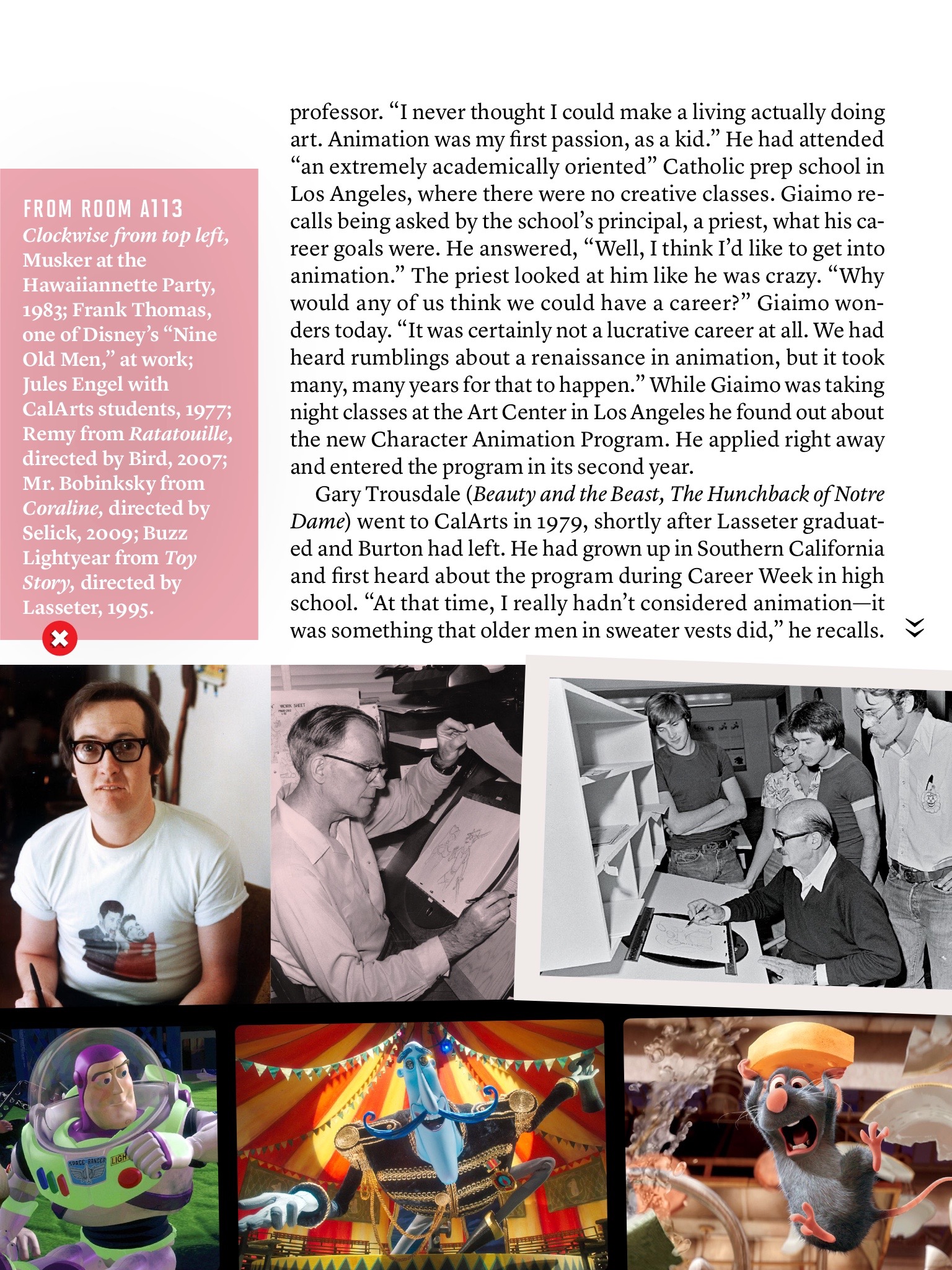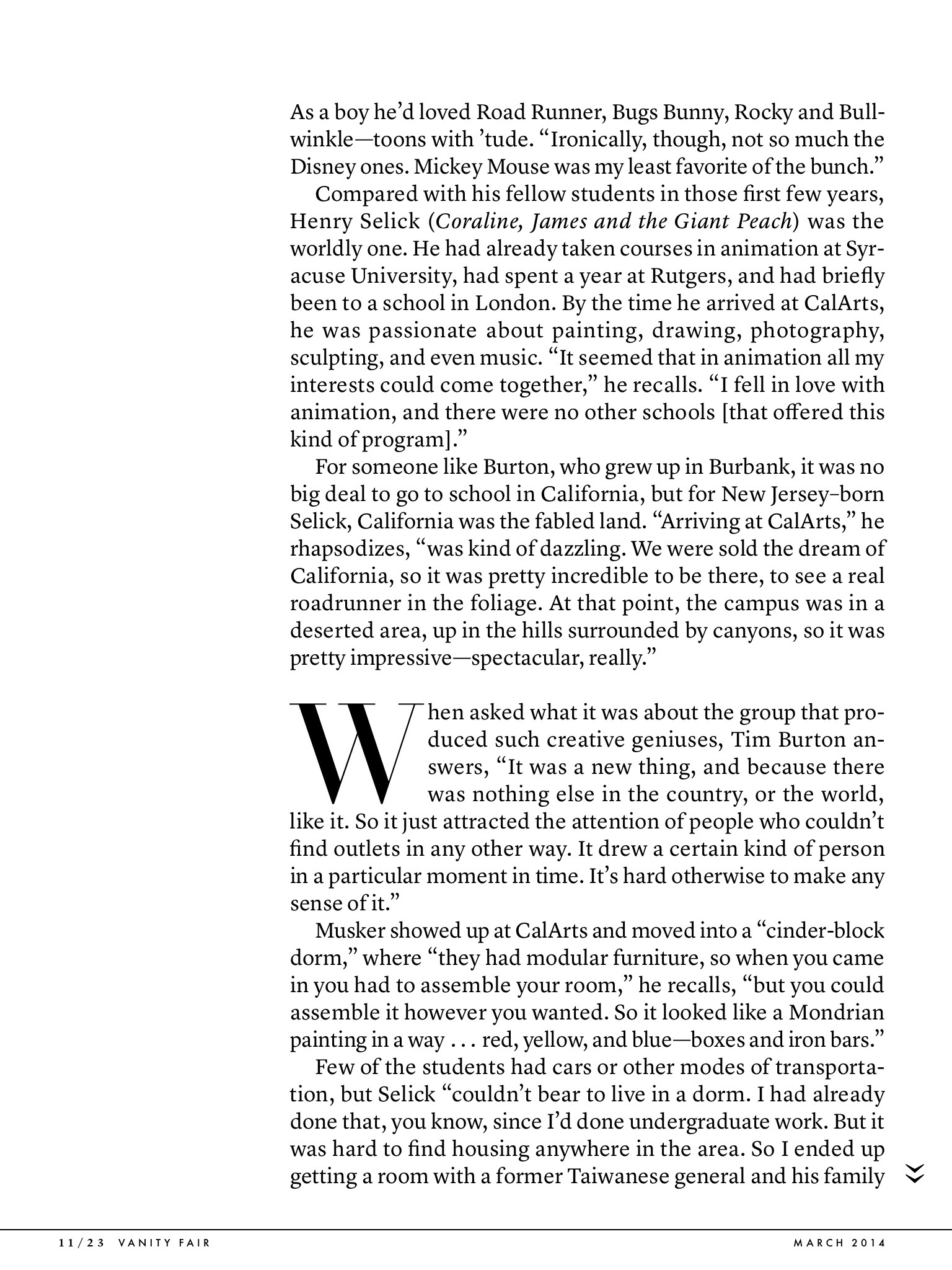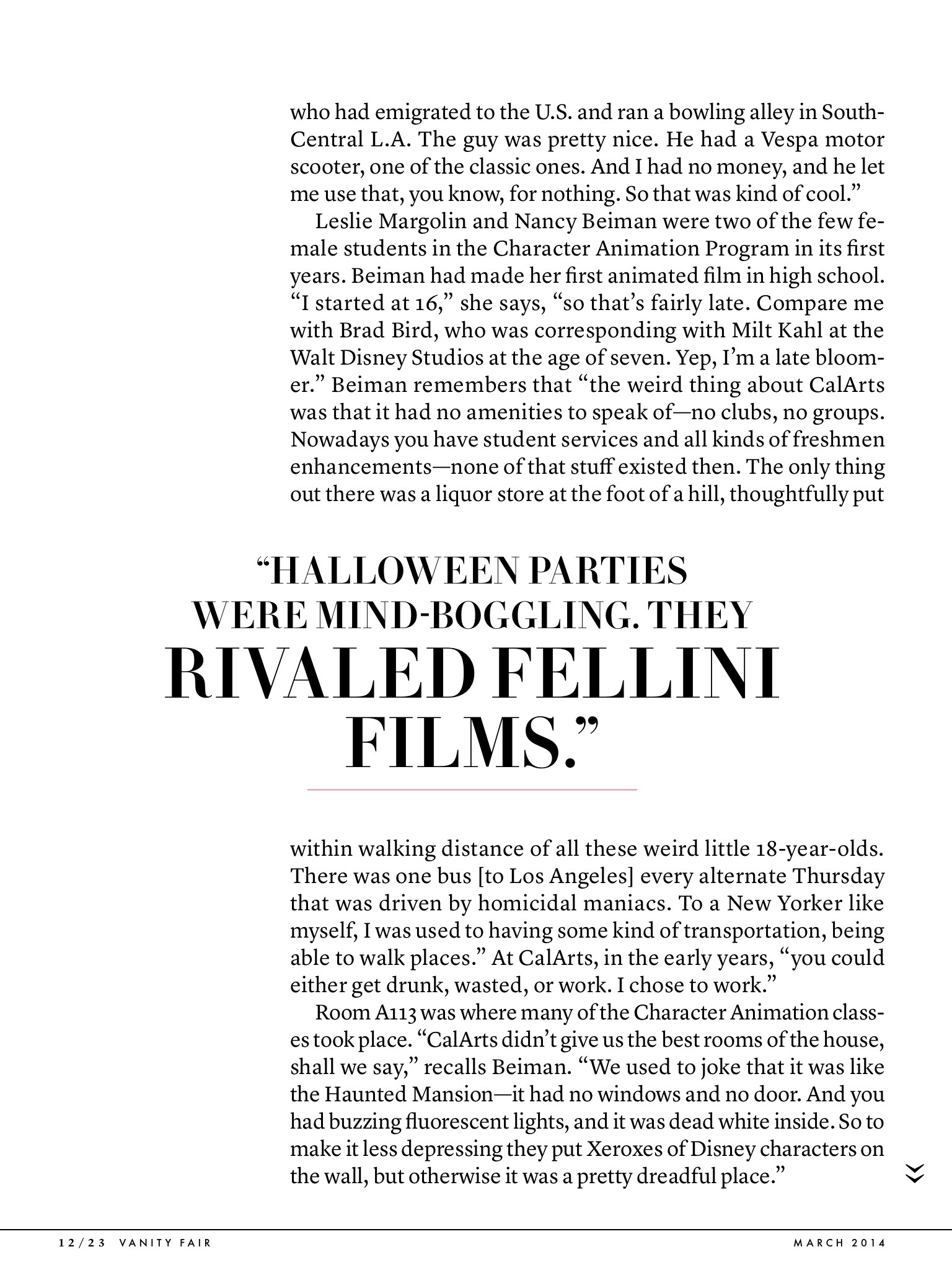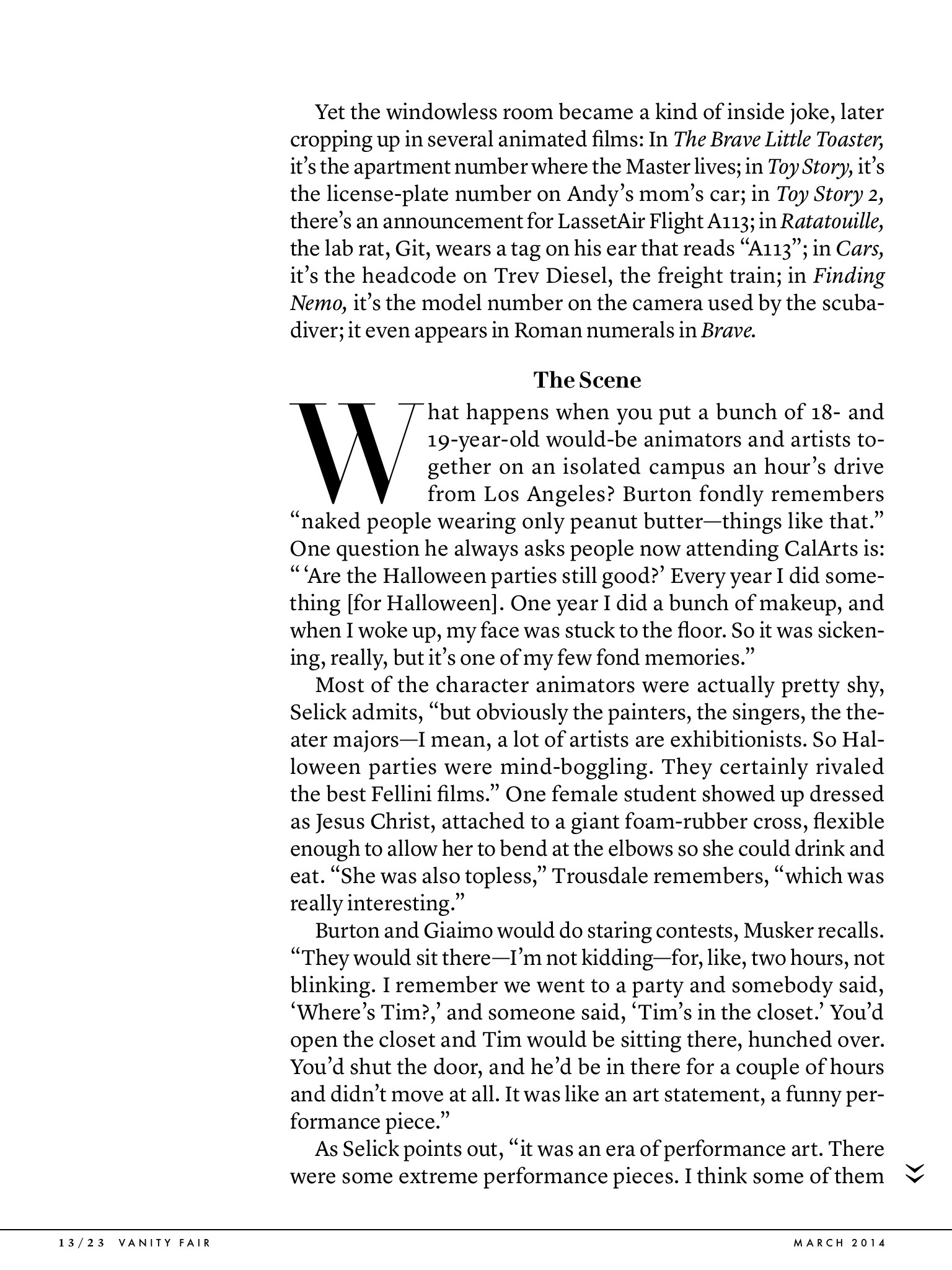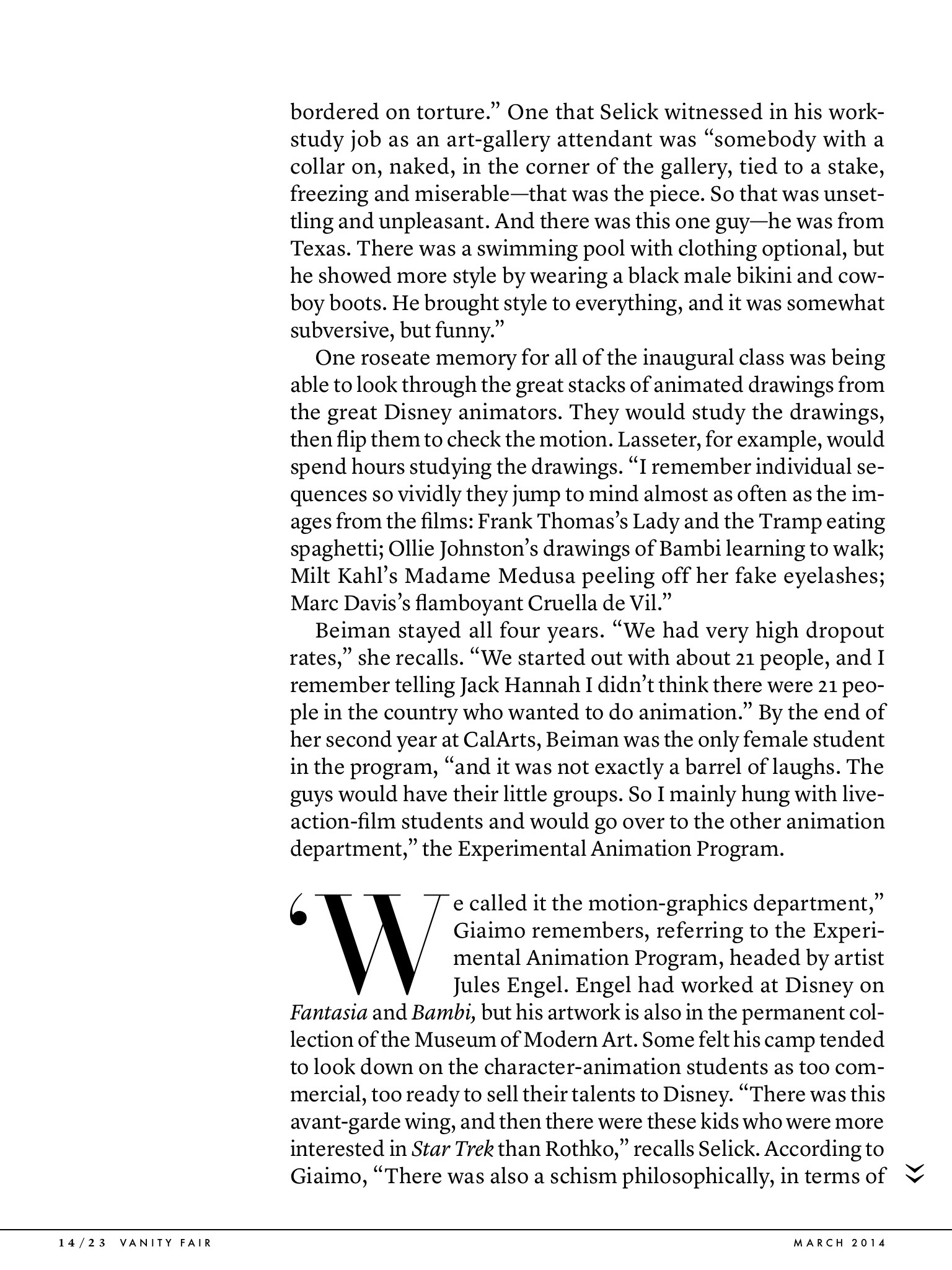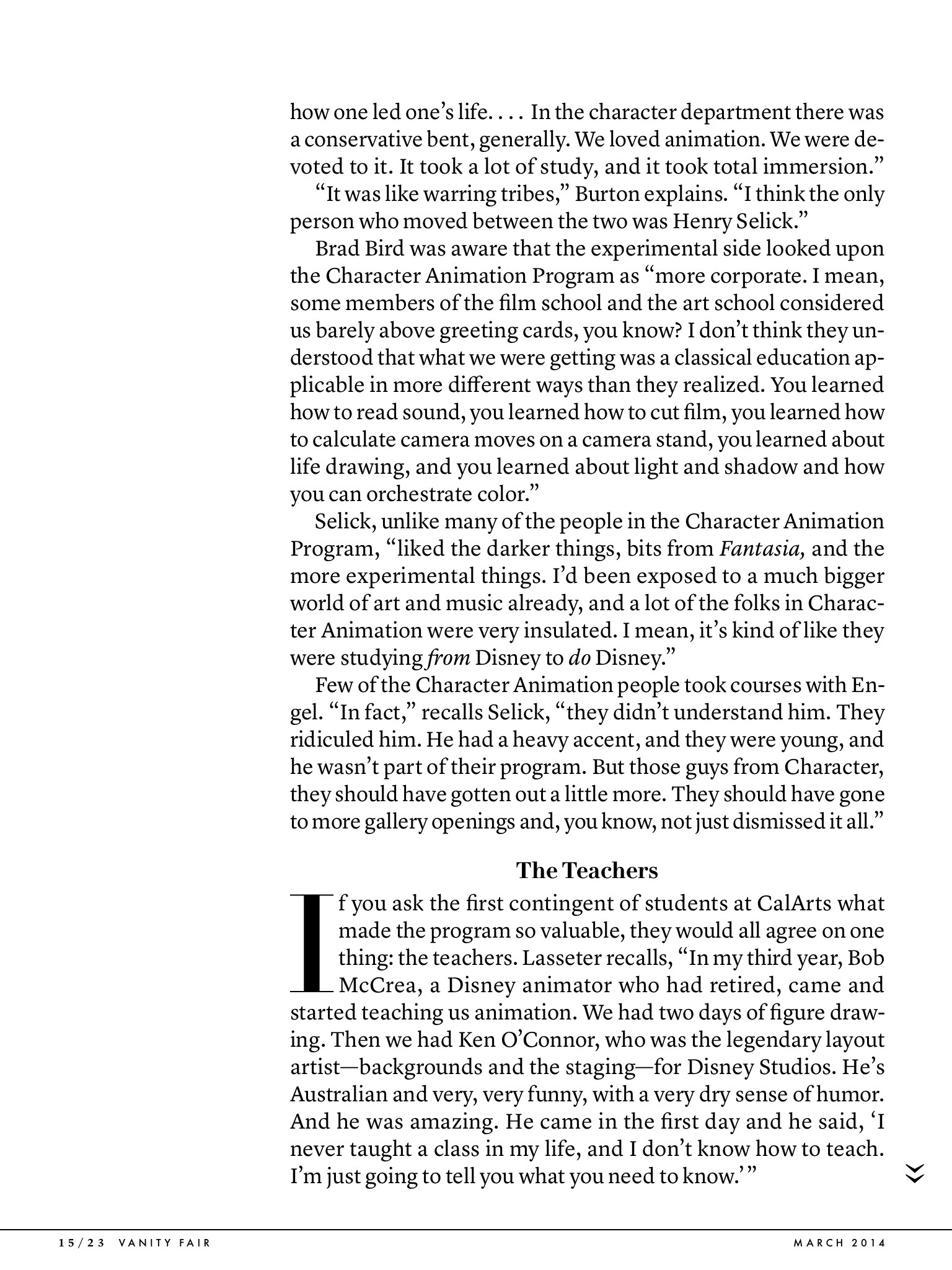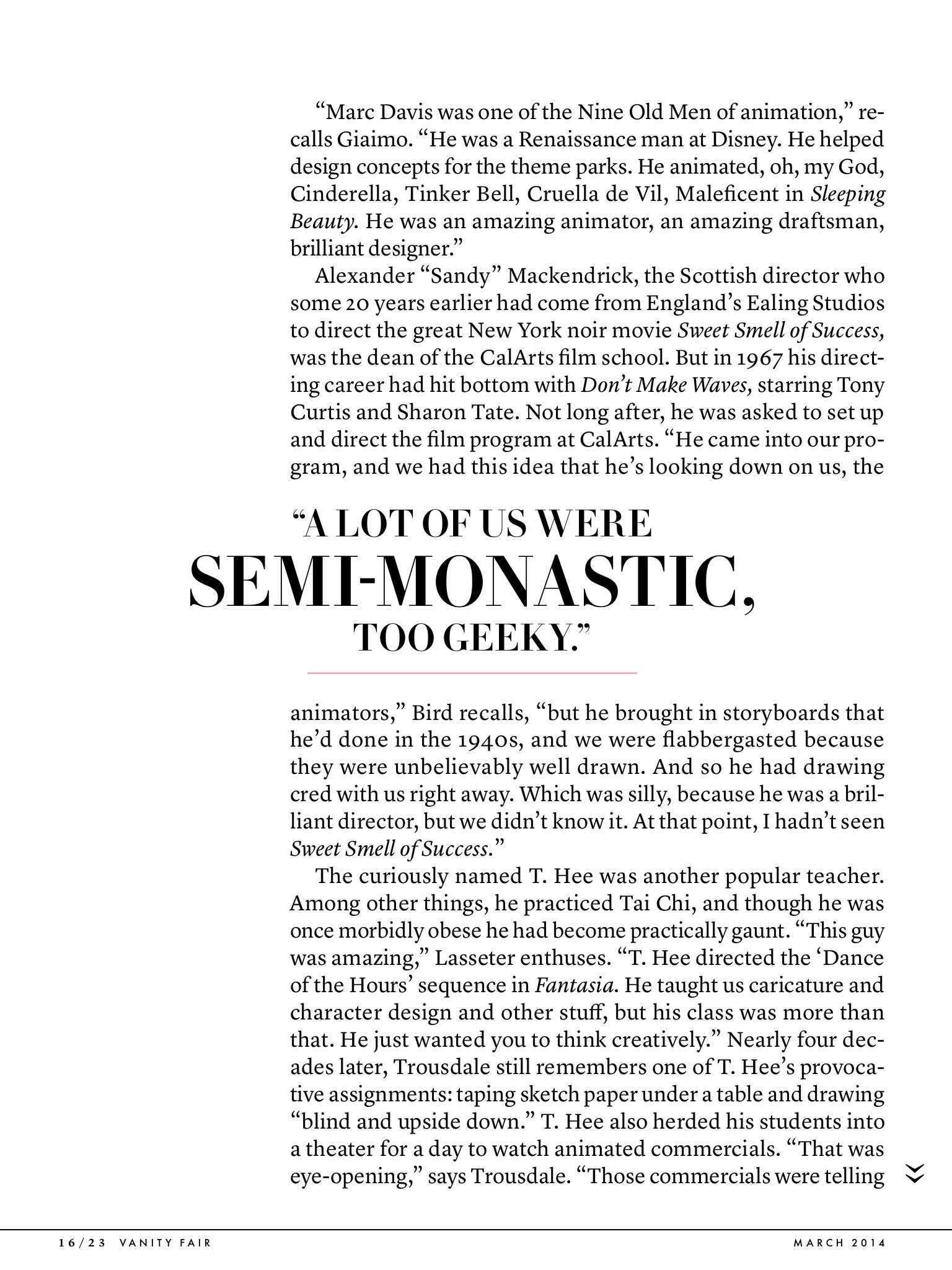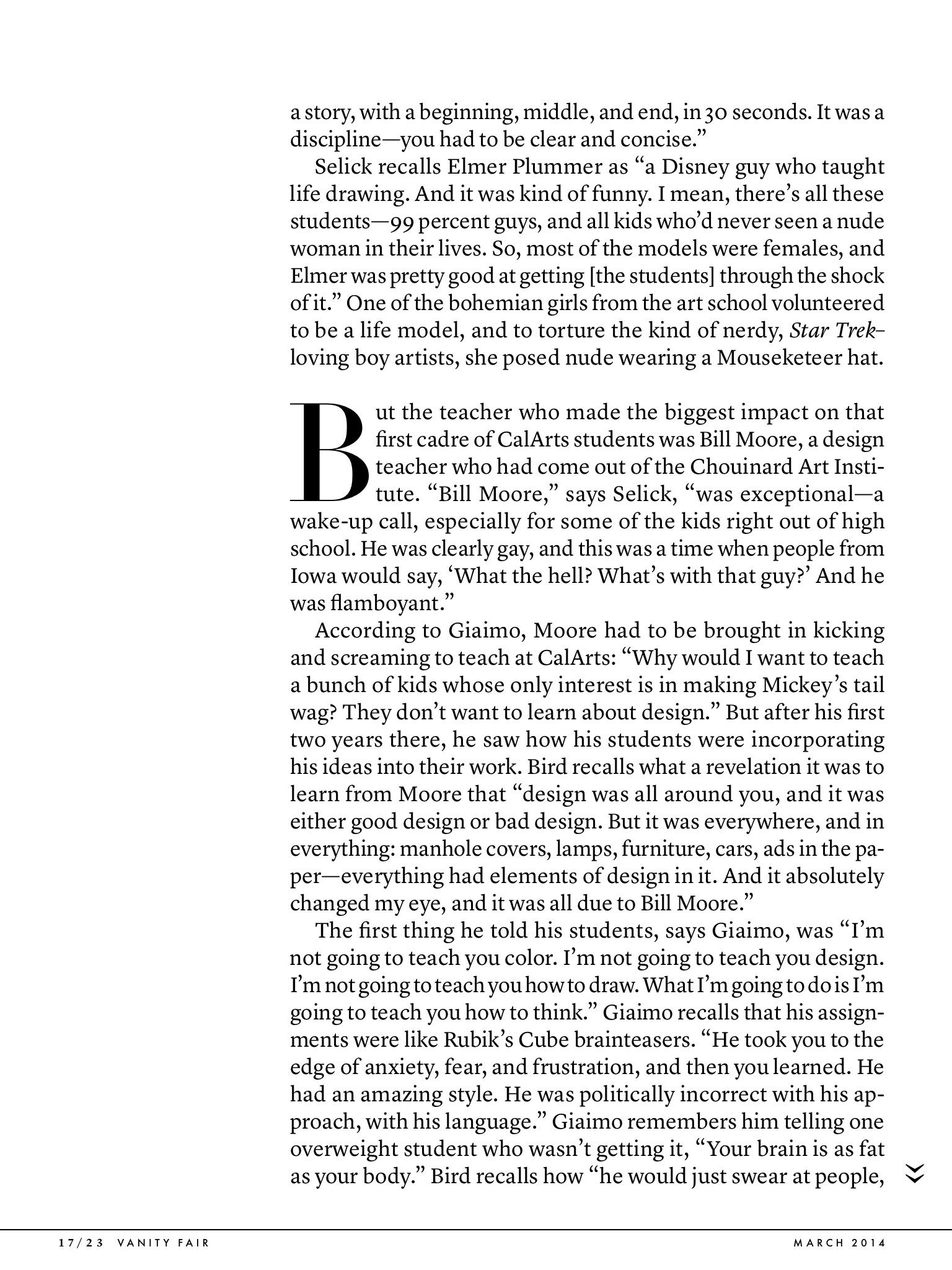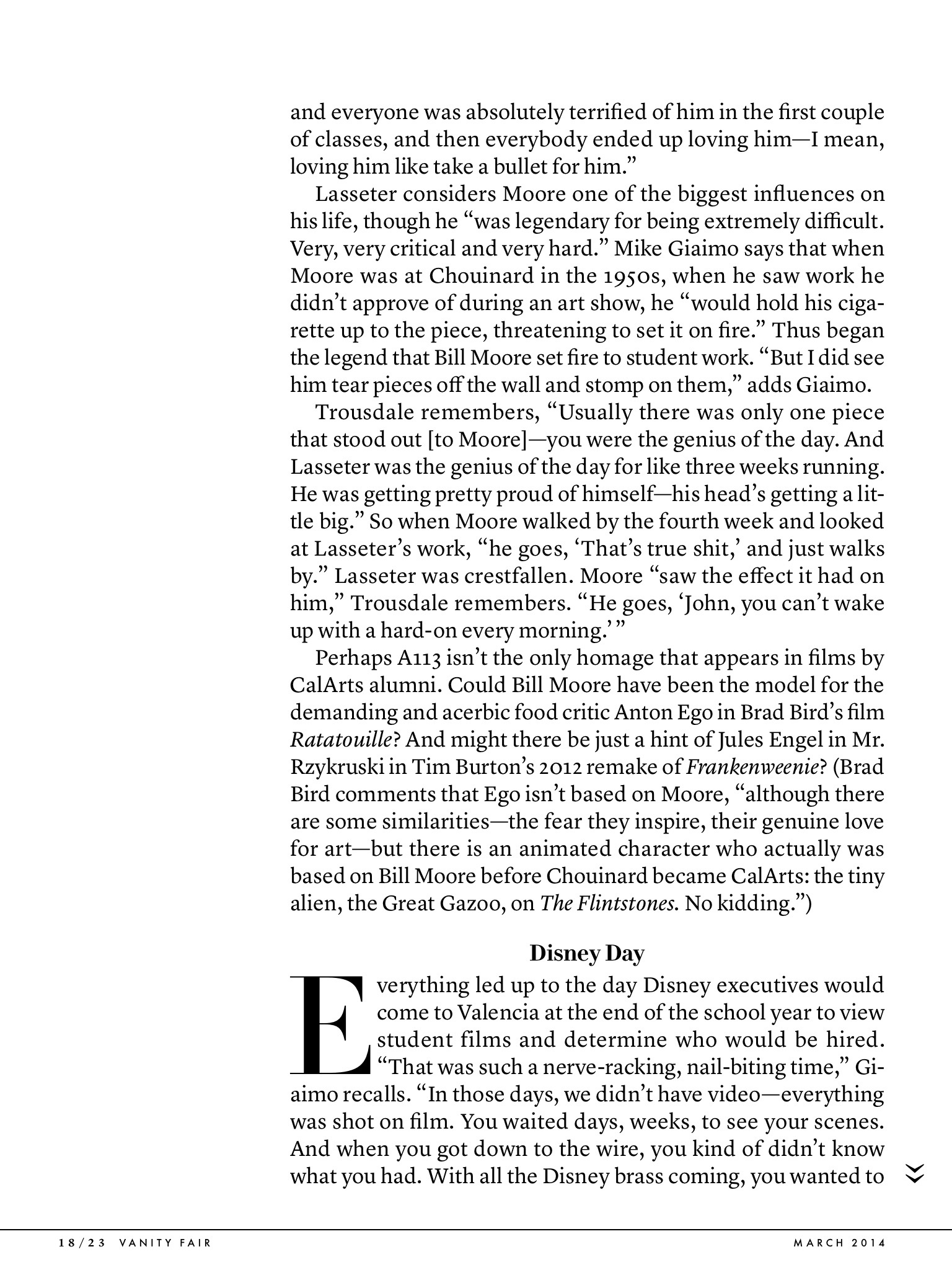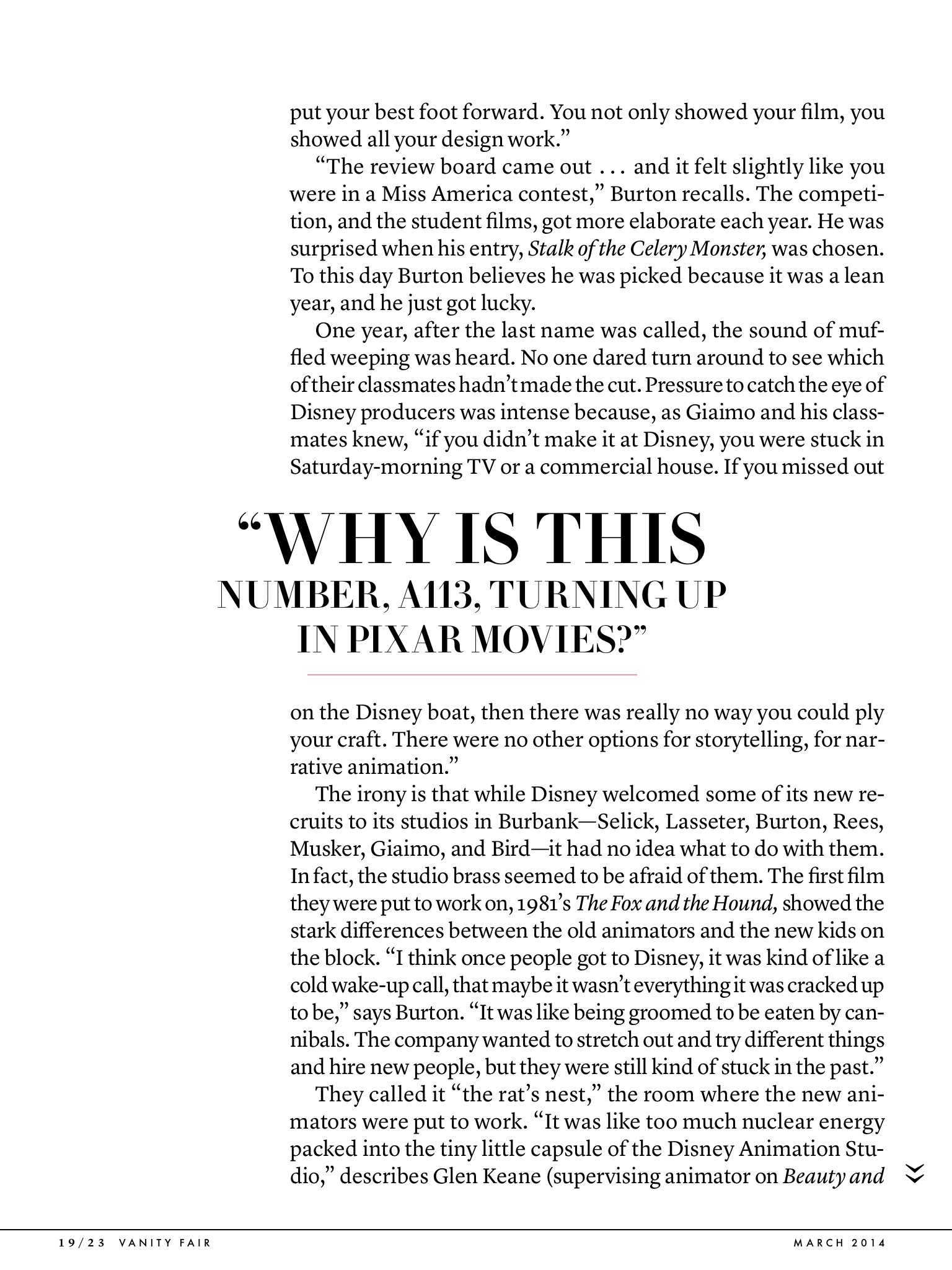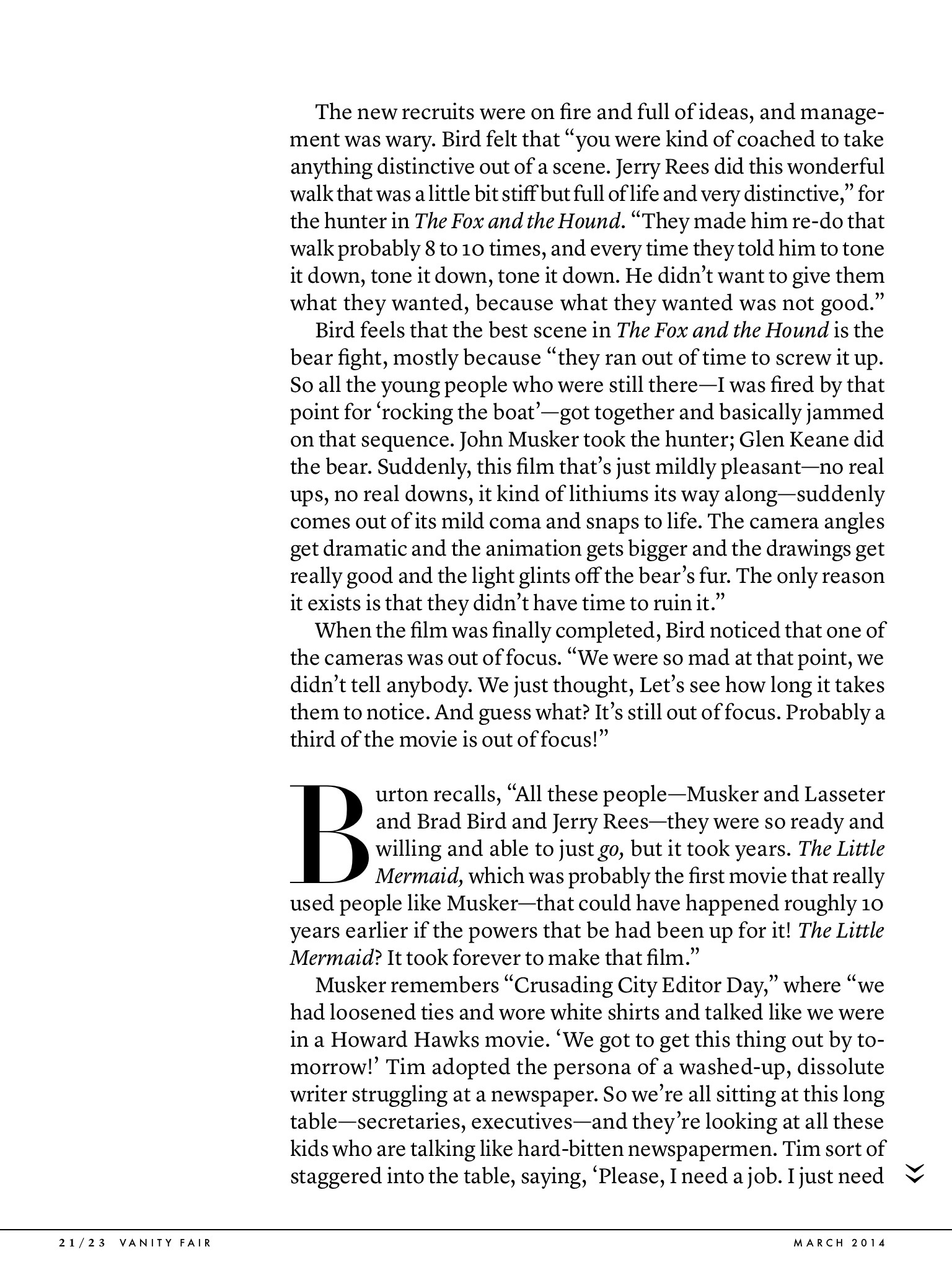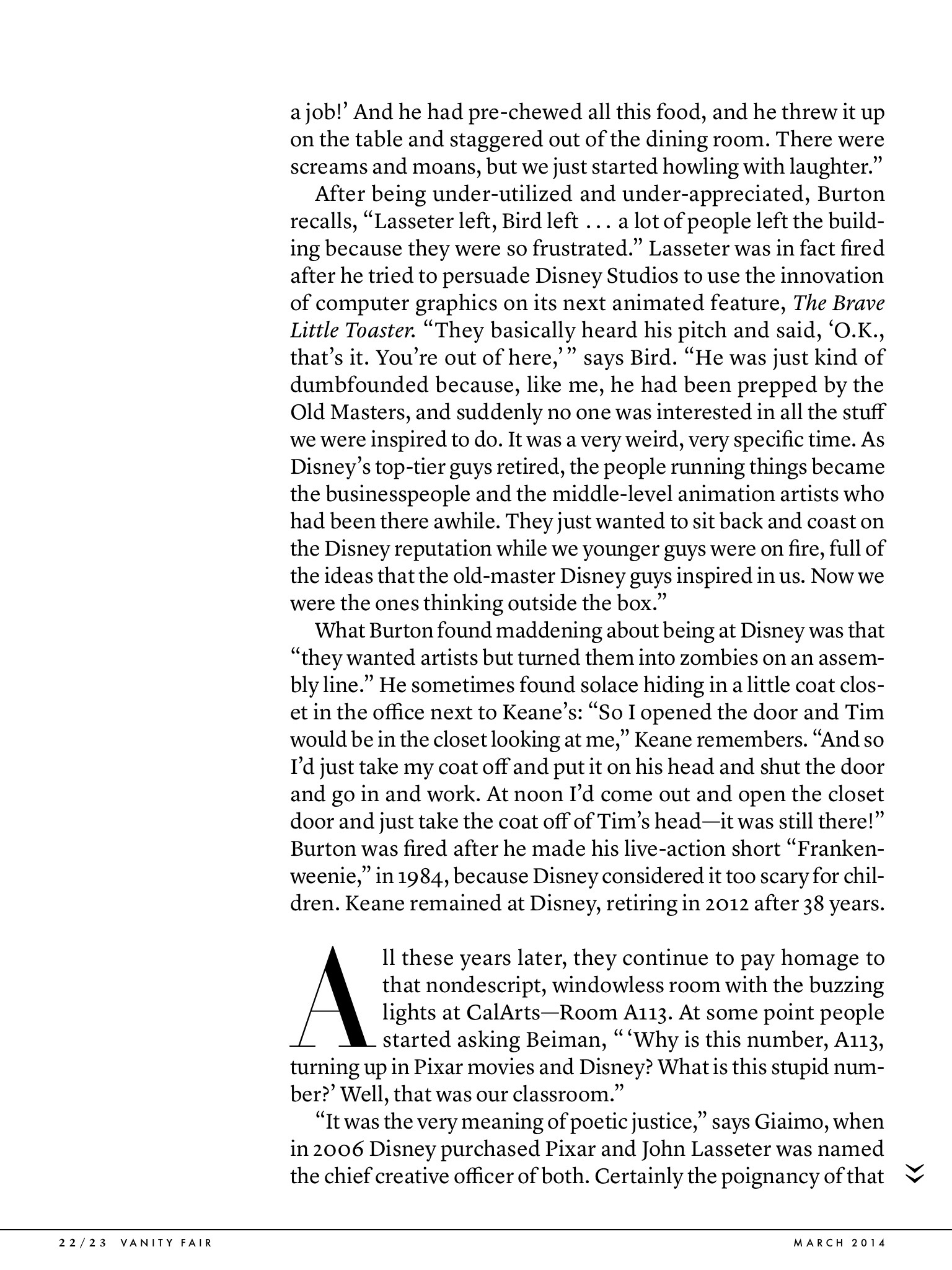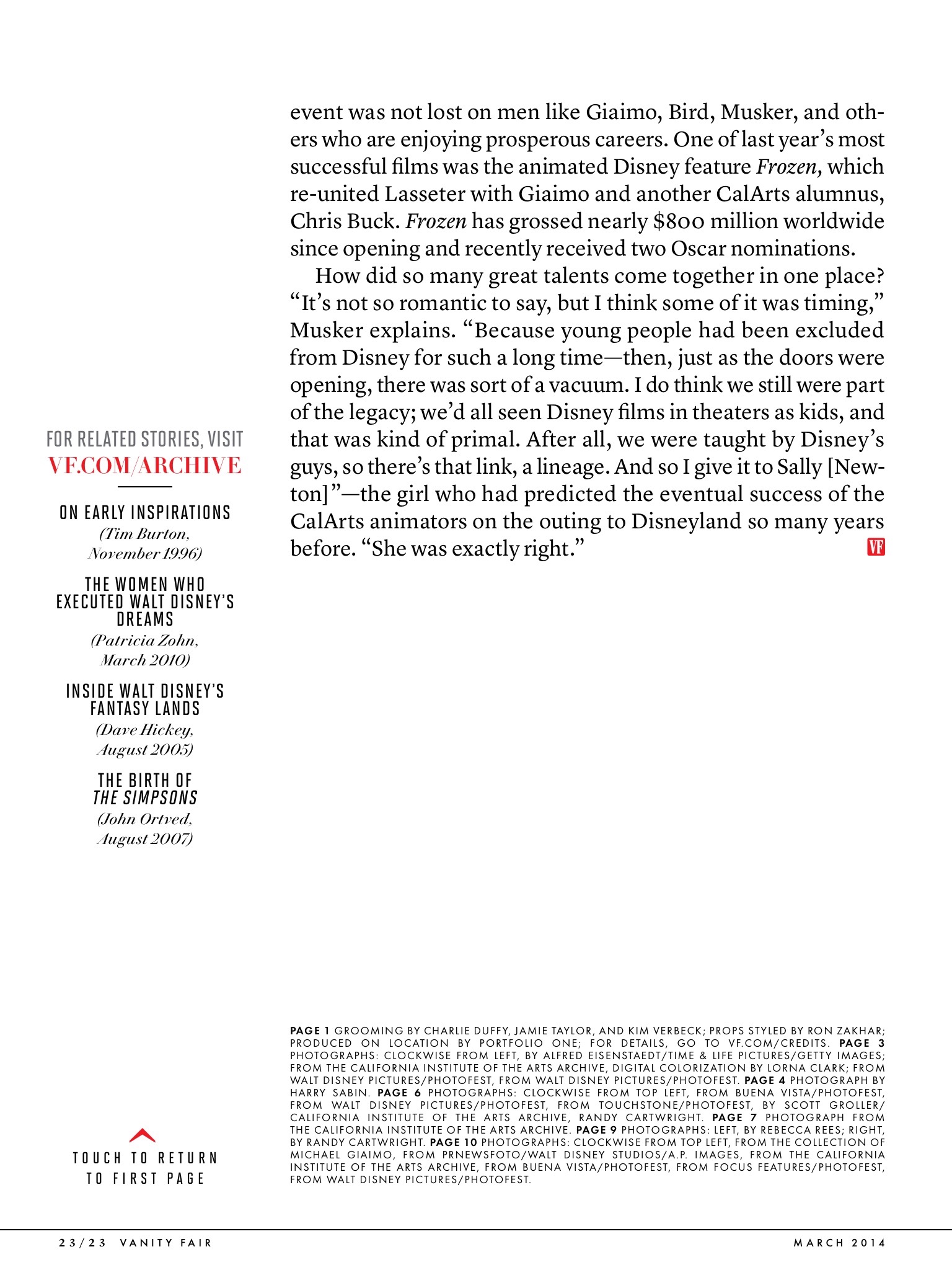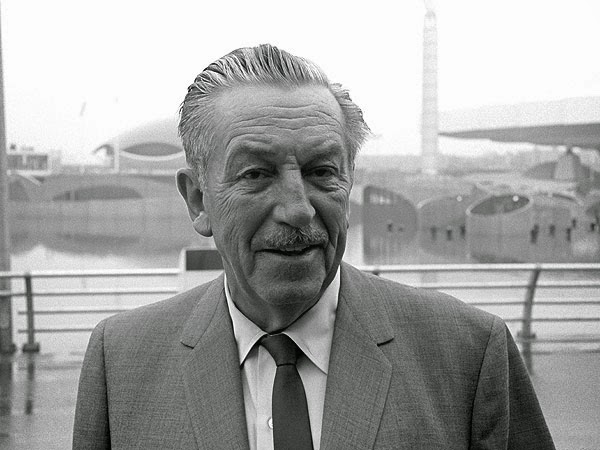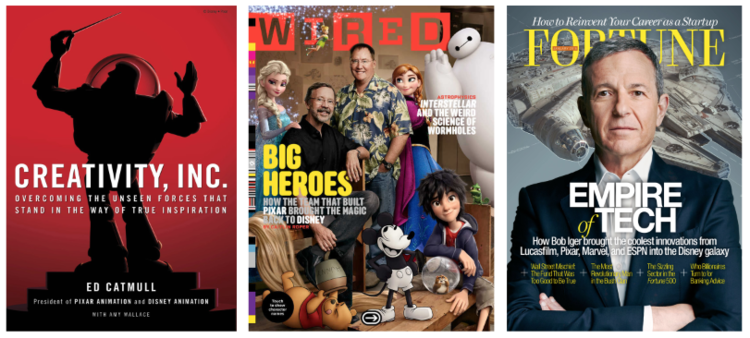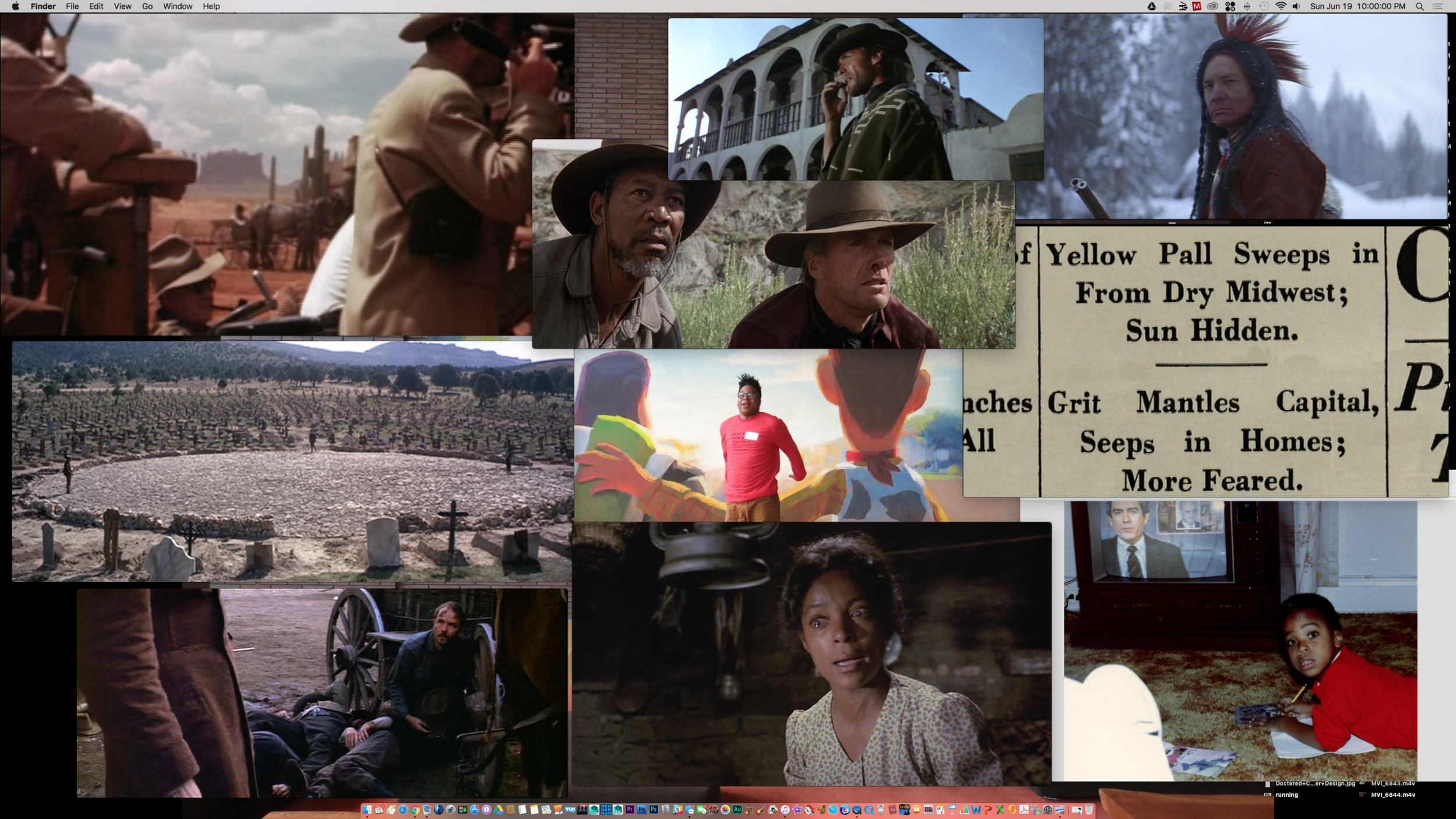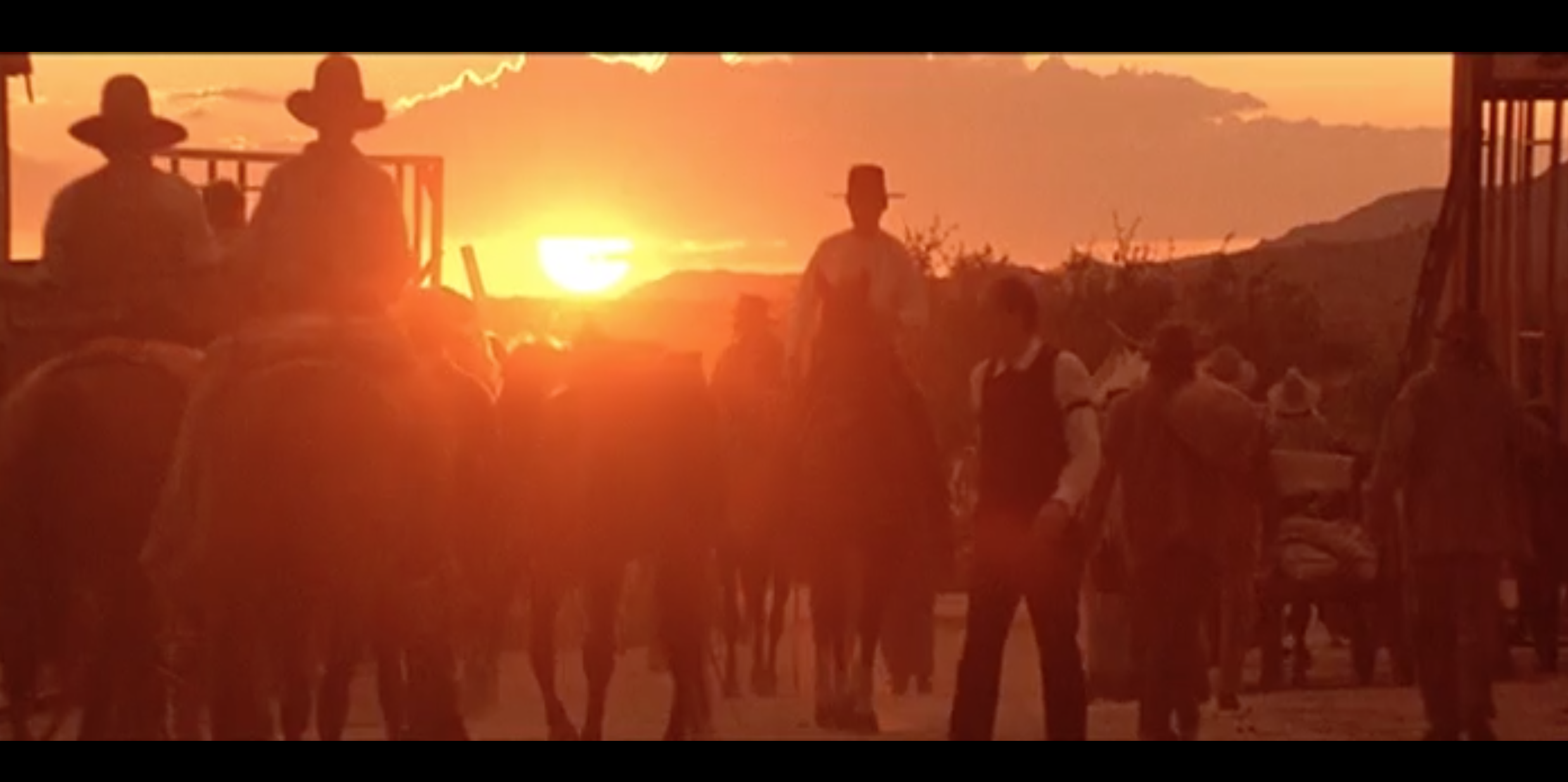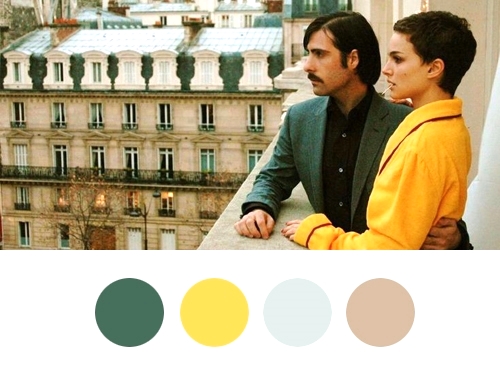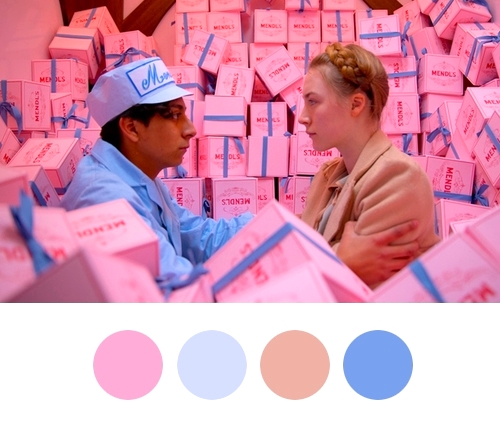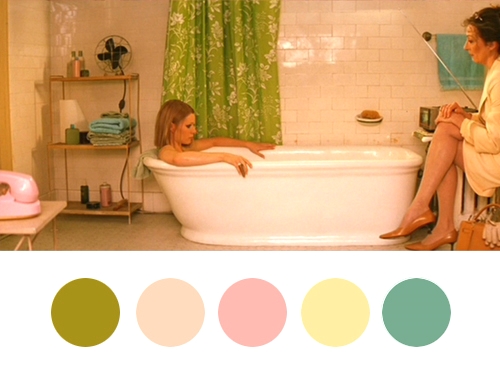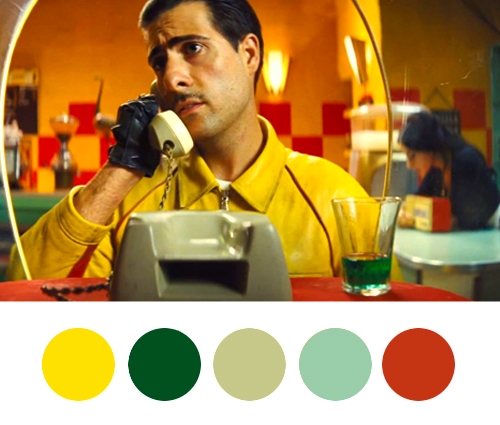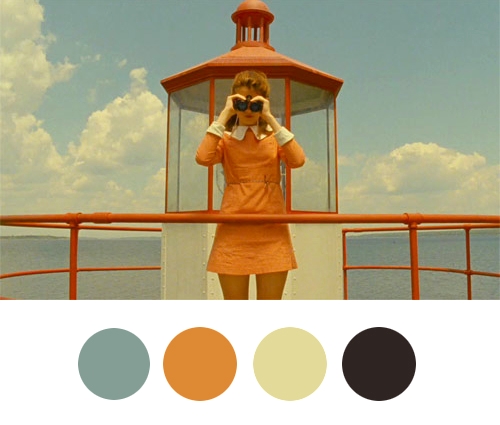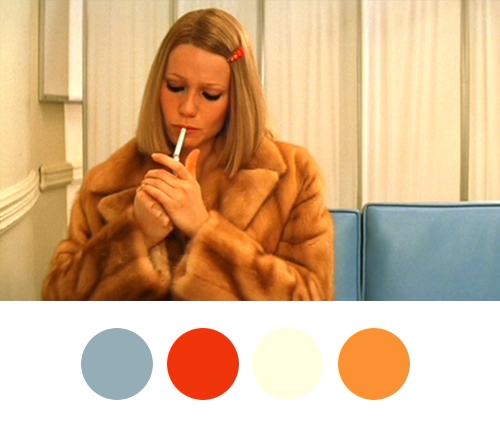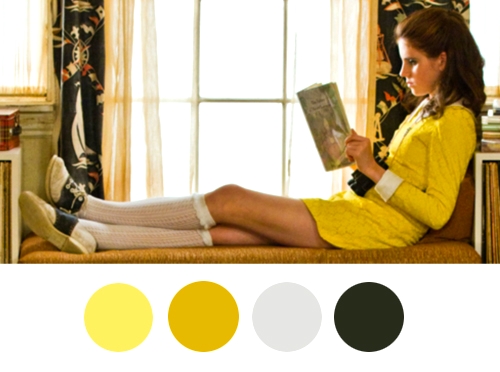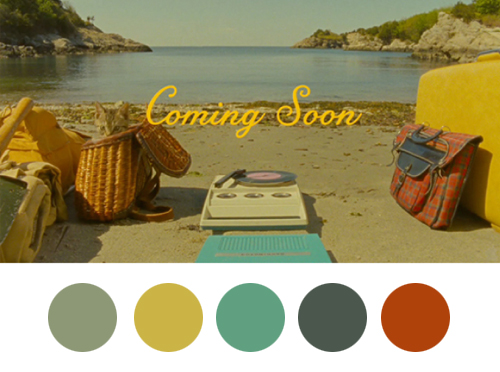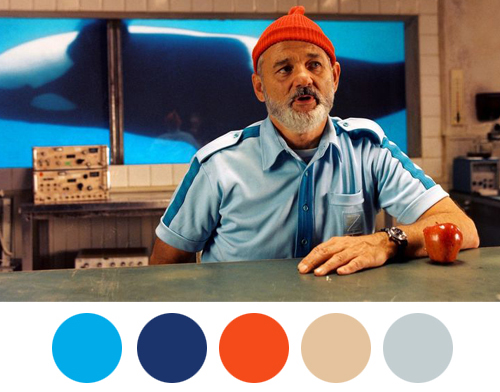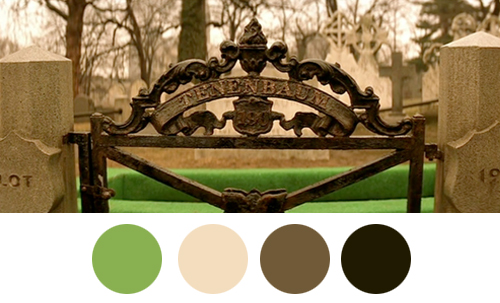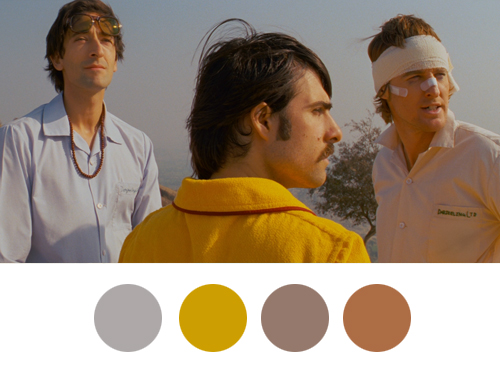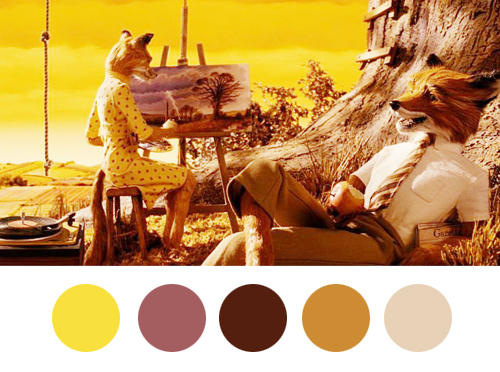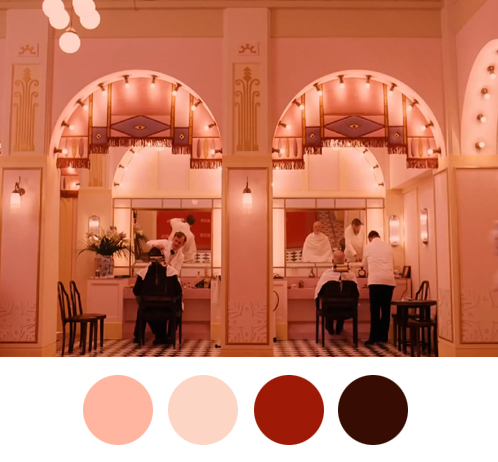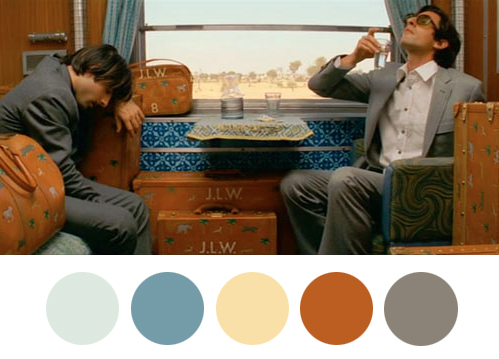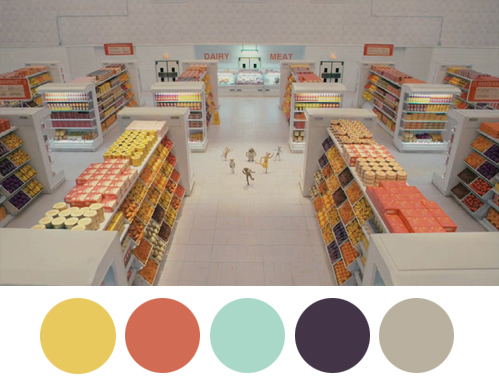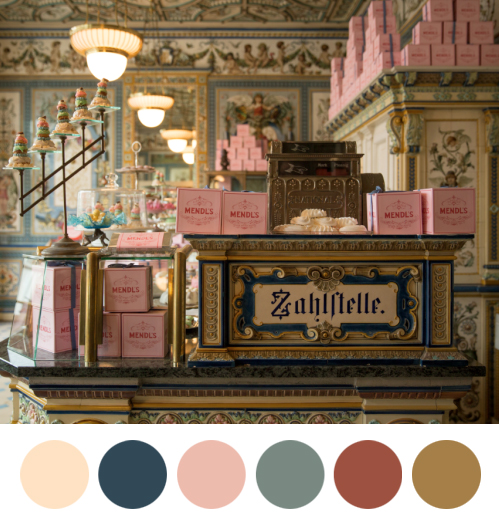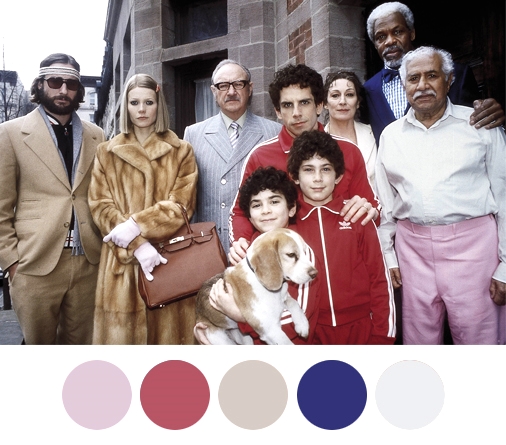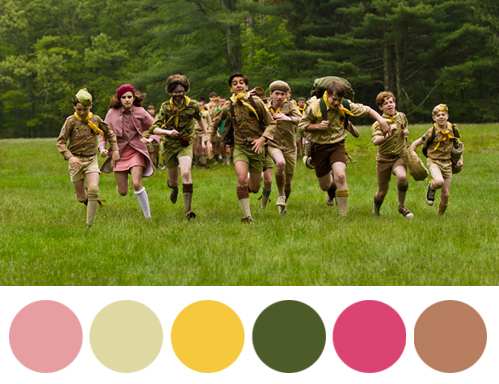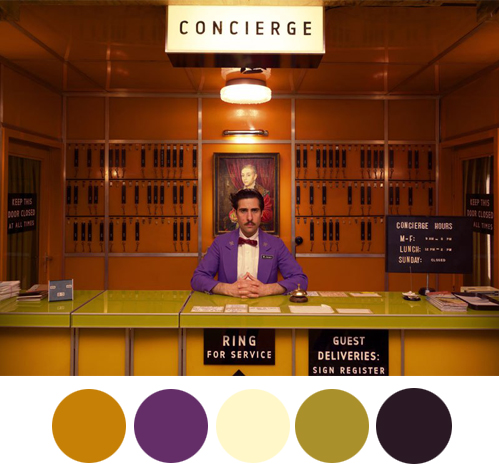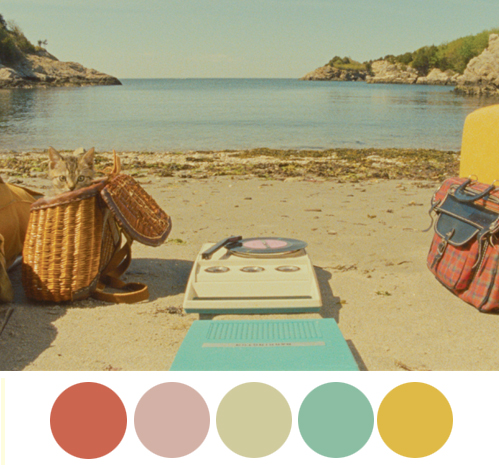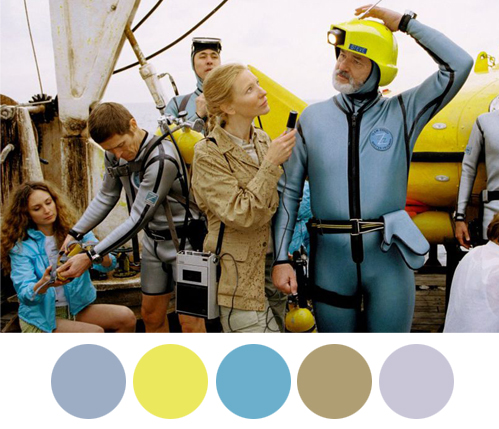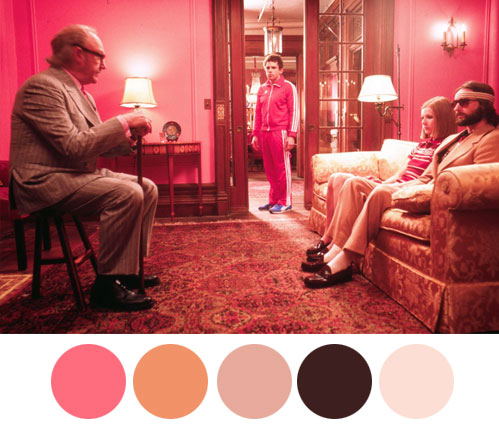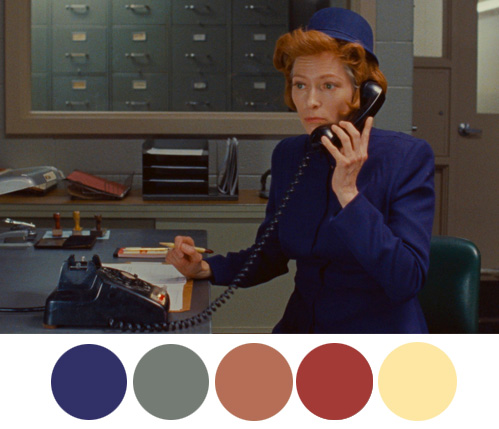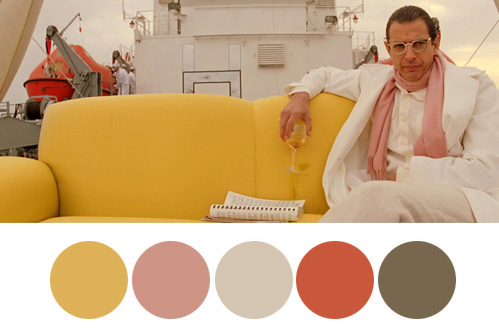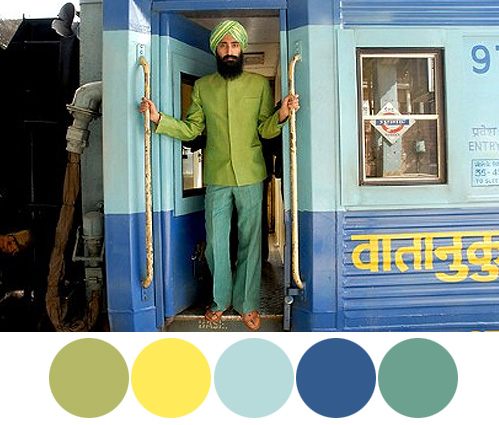When Spike Jonze says the words “Jamba Juice”in his skittish, half-splintered voice, it sounds less like an international smoothie chain and more like a local hangout at some featureless strip mall where teenagers flock to flirt and gab, and gulp down flavors like Mango Mojo or Raspberry Razzmatazz, pulling faces from the brain freeze as their entire selves exist in the droop of their backpacks or the back and forth whir of skateboards grinding on parking lot pavement.
But last November in New York, at a Q&A screening I attended for his latest film, Her (which opens in wide release this Friday), when Jonze cited Jamba Juice as an unlikely influence for his vision of a near-future Los Angeles, he did in fact mean the wood-paneled franchise with its biohazard-green typeface and psychedelic logo. “I think our movie is much more beautiful than Jamba Juice,” he later told the Wall Street Journal, “but the colorfulness and the cleanness of [it] was one starting point.”
What mostly comes to mind when I think of Her, though, is how the movie uses colors (in setting, costume, and temper), deploying them with a manipulative brilliance—as if I were a teenager once again and the film my mood ring. Pale purples and caramel browns. Sage. Putty and ecru. O’Keeffe reds and Michael Mann blues. Rothko Raspberry. Creamy whites like blanched almonds. Pastels the shade of sea urchins and sand dollars, as if L.A. in the future is Atlantis—washed-up and sun-speckled. And yet, Her never appears too tailored or too dear. It does not champion specificity, but, rather, seems strung together with bashful “me too” moments, emerging as a warm recognition of that pang with which we are all acquainted but are experts at disguising: loneliness. More than most films, the chromatic design of Heraccommodates the side of us that indulges in sad songs, or that familiar and melancholic scenario we play over and over in our heads when, say, sitting shotgun in a car on our way to the airport.
Her tells the story of Theodore Twombly (Joaquin Phoenix), a glum, soon-to-be divorced writer for the company BeautifulHandwrittenLetters.com—which, as the name suggests, produces personalized, outsourced notes—who falls in love with an operating system named Samantha (voiced by Scarlett Johansson). Technology plays a central role in their connection, or rather, the widening gap of their connection, but the ubiquity of screens and buttons and dings and beeps is not the film’s most immediate feature. Rather, it’s Johansson’s signature rasp—the manner in which her words curl into questions, and how her sentences resemble the hushed, marshmallowy exchange of secrets. She’s an idealized AI girlfriend, her voice the nostalgic alloy of a ‘60s Pan Am stewardess and the girl from camp who smelled all summer like Hawaiian Tropic.
Joaquin Phoenix as Theodore is a man-child whose entire posture is concave, as if he’s always just been punched in the gut. He’s the guy who doesn’t readily accept compliments, fumbling with them like a movie-nerd trying to catch a football. His smile wrinkles like Charlie Brown’s smile wrinkles.
That “cleanness” Jonze speaks of, then, seems born of a distinct doziness; the entire film looks like it was shot under a bed sheet and lit with nothing more than the idle glow of Sunday afternoon. Jonze, whose proclivity for napping has been noted in magazines such as Fantastic Man, has made a movie swathed in a nap-ish mien: dust particles and disorienting hues of familiar colors, all dulled, redolent and translucent, existing as if in the deep yet restful recess between each slam of a snooze button. Now, when I think of Her, I mostly see blush pink—the pale ruddiness that ripens when you close your eyes and arch your neck toward the sun.
In an interview with the Los Angeles Times, Her’s production designer, K.K. Barrett, spoke of the (loose) rules he, Jonze, and costume designer Casey Storm agreed upon before production:
“When Spike and I worked on Where The Wild Things Are we banned green, then we slipped some in. Hoyte [van Hoytema, the cinematographer] wanted to avoid blue, then we said ‘OK, let’s do one scene with blue.’ We didn’t want it to seem too dystopian or foreboding. And there was so much blue sky we wanted to avoid it on the ground. We were all really enamored with red. If you look closely there’s a little bit of red in every frame. It just gave it all a warmer feeling. But these decisions are all a little whimsical.”
Jonze’s expression of despondency—of a failed relationship and one that is waning—is portrayed evermore palpably because his world is one that looks trapped in the past, yet seems impatient to move forward. Technology in Jonze’s near-future is a mix of mid-century modern and Mac products, of Eames, The Jetsons, and Etsy. Computer screens are framed in wood, as are phones, and call to mind Don Draper-type cigarette cases or retro wood-laminate business card holders. Gadgets in Her appear to have the solemn (and satisfying) weight of an expensive pen. “We wanted it to feel handcrafted,” Barrett said. “What feels better in your hand than a Zippo lighter? We wanted things to have that feel that way.” History in Her has retained its signifiers in the same way an ex might claim emotional tenancy over a specific film, director, city, or pop song.
The day I attended that November screening of Her, my friend Katherine tweeted a mini-kernel that corresponded nicely. “If you think of ‘cray’ as a cross between cream and gray,” she wrote, “pop culture is suddenly so serene.” I feel like this reimagined almost-portmanteau typifies Jonze’s palette: life’s dramas, a few shades more placid than usual. Bliss looks achy; sex is a blank screen; and when Samantha calls, Theodore’s phone radiates red like E.T.’s flickering heart. Jonze does melancholy during magic hour so precisely that one gets the impression the sun never fully rises or sets.
The film lacks teeth, and, despite an insistence on the color red in nearly every frame, there is an unsaid bloodlessness. Scarlett Johansson’s disembodied voice possesses more attitude than any person we encounter in the film. Her “Hello” is at once a greeting and a challenge.
Then there’s Amy Adams, who plays Theodore’s best friend—a game designer and aspiring documentary filmmaker—and who looks like a discouraged cherub. Her bouncy curls offset by a pair of deeply fraught eyes, she is the film’s heart, if only because her capacity to be a friend rarely presumes give-and-take. She understands that silent companionship is supreme. Like the friend who sits on your floor and observes as you pack a suitcase. Like the friend who slackens the speed of her fingers hitting her keyboard to sync up with yours. Like the friend who moderates eye contact and speaks at a thoughtful pace, and says, “I see your point.” Two heartbeats, one room, little to no exchange.
Phoenix as Theodore, meanwhile, is a man-child whose entire posture is concave, as if he’s always just been punched in the gut. He’s the guy who doesn’t readily accept compliments, fumbling with them like a movie-nerd trying to catch a football. His smile wrinkles like Charlie Brown’s smile wrinkles, and on the poster for Her, Phoenix’s greyish malachite stare brings to mind a sulking, mustachioed Wegman Weimaraner.
Every character in Her—there aren’t many—is uniformed with an offish appearance. All the women in Her wear collared shirts buttoned up to their necks. A messenger bag slung across Adams’ chest gives the impression of perpetual confinement, or a child zoning out in the backseat of a car. High-waisted pants on Theodore’s square-built coworker, Paul (Chris Pratt), make him look like a retired boxer from the ‘50s who hasn’t yet come to terms with his cubicle job. Olivia Wilde, who plays Theodore’s blind date, sets aside her trademark cat-eye in favor of a softer, velvety gaze. The film lacks teeth; despite an insistence on the color red in nearly every frame, there is an unsaid bloodlessness. Johansson’s disembodied voice possesses more attitude than any person we encounter in the film. Her “Hello” is at once a greeting and a challenge.
While some might mention Malick as an obvious reference, perhaps because of the film’s gauzy flashback scenes where Theodore and his ex-wife (played by Rooney Mara) waltz through the spangled everyday of first love, my first point of reference was Wim Wenders. So much so, in fact, that when I initially heard Samantha’s voice, despite identifying Johansson, I could only picture Paris, Texas-era Nastassja Kinski—her pout and bottle blonde bob, that bright pink, fuzzy sweater. In that film’s beachfront Super 8 flashback scenes, Harry Dean Stanton is a slimmer Phoenix—both men in red collared shirts, scruffy mustaches, and stupid-happy grins. The film’s famous monologue that Stanton recites to Kinski through a one-way mirror gets, in many ways, at the crux of Her:
I used to make long speeches to you after you left. I used to talk to you all the time, even though I was alone. I walked around for months talking to you. Now I don’t know what to say. It was easier when I just imagined you. I even imagined you talking back to me. We’d have long conversations, the two of us. It was almost like you were there. I could hear you, I could see you, smell you. I could hear your voice.
Near the beginning of Samantha and Theodore’s relationship, she asks if she can watch him sleep. The request is sweet and he obliges, but again, my thoughts turned quickly Wenders’ film: “Sometimes your voice would wake me up,” Stanton says to Kinski. “It would wake me up in the middle of the night, just like you were in the room with me.” In both films, there’s the sentiment of a long-distance relationship, and even more so, the sentiment of a continued relationship with an ex. After all, as time passes, an ex can embody a youthful version of love and of one’s self. With exes, there’s an implicit downiness. “Comfort,” as Barrett told the Los Angeles Times, “was the underlying guide” when designing Her. I get it: comfort is my primary motivation for staying in touch with my ex, too. Emotional shorthand, I’ve learned, is the ultimate luxury, and Barrett’s blueprint for a dopy, threadbare palette is a perfect stand-in for that paper-thin T-shirt we keep forever, that was likely first someone else’s—in my case, His.
***
A few months ago, I Instagrammed a picture of my bedroom where I’d recently hung a poster of Cassavetes’ 1971 masterwork, Minnie and Moskowitz. On the poster there’s a quote from NBCTVthat reads, “Human and funny…go see ‘Minnie and Moskowitz.’” My friend Josh commented: “always find it weird when a movie is described as ‘human,’ it’s not a sci-fi.”
Ever since that comment, and after seeing Jonze’s film, I’ve felt a funny itch, or rather, an unexpected nearness between both films. Maybe it just has to do with their swatches: both share those muted hues, some chance lavender, wheat-y L.A. yellows. Mostly, though, it’s the notion that Her is technically sci-fi, while Minnie and Moskowitz is, per the poster, so profoundly human. And yet, I experienced the former with Josh’s assessment of both so-called “human” and so-called “sci-fi” in mind. One of the most memorable lines in Minnie and Moskowitz occurs when Seymour Moskowitz (Seymour Cassel) says to Minnie Moore (Gena Rowlands), “I think about you so much, I forget to go to the bathroom!” His love for Minnie near-exasperates him, maddens him, and compels him to rashly chop off his mustache. Their love is an exquisite mess. It’s wild. It’s beyond, and bubbles over, and comes undone, over and over. It somersaults. It’s infinite. It’s science fiction, sort of.
A couple weeks after seeing Her, I visited old family friends in Ithaca for Thanksgiving. One evening while I was washing dishes and Mark, now in his seventies, was drying them, he turned to me and said, “Low battery, Darling.” I wasn’t sure what he was talking about until Deirdre, his wife, explained that a woman’s voice warns Mark when his hearing aid is running low on battery power. My first thought was, of course, Samantha—her husky sometimes sigh-of-a-voice cautioning Mark the way she wooed and then fell for Theodore. While his hearing aid—a different woman’s voice in each ear—obviously doesn’t use such terms of endearment, Mark’s jokey add-on struck me as familiar, and reminded me of our certain need to personify gadgets and gizmos. Like Siri. Or the backgrounds of our lock-screens. Or how, in my case, my richest relationships (this past year at least) have been, for the most part, epistolary—a constant swapping of emails and texts. Everyone real is also, I guess, my Samantha, too.
- http://hazlitt.net/authors/durga-chew-bose
